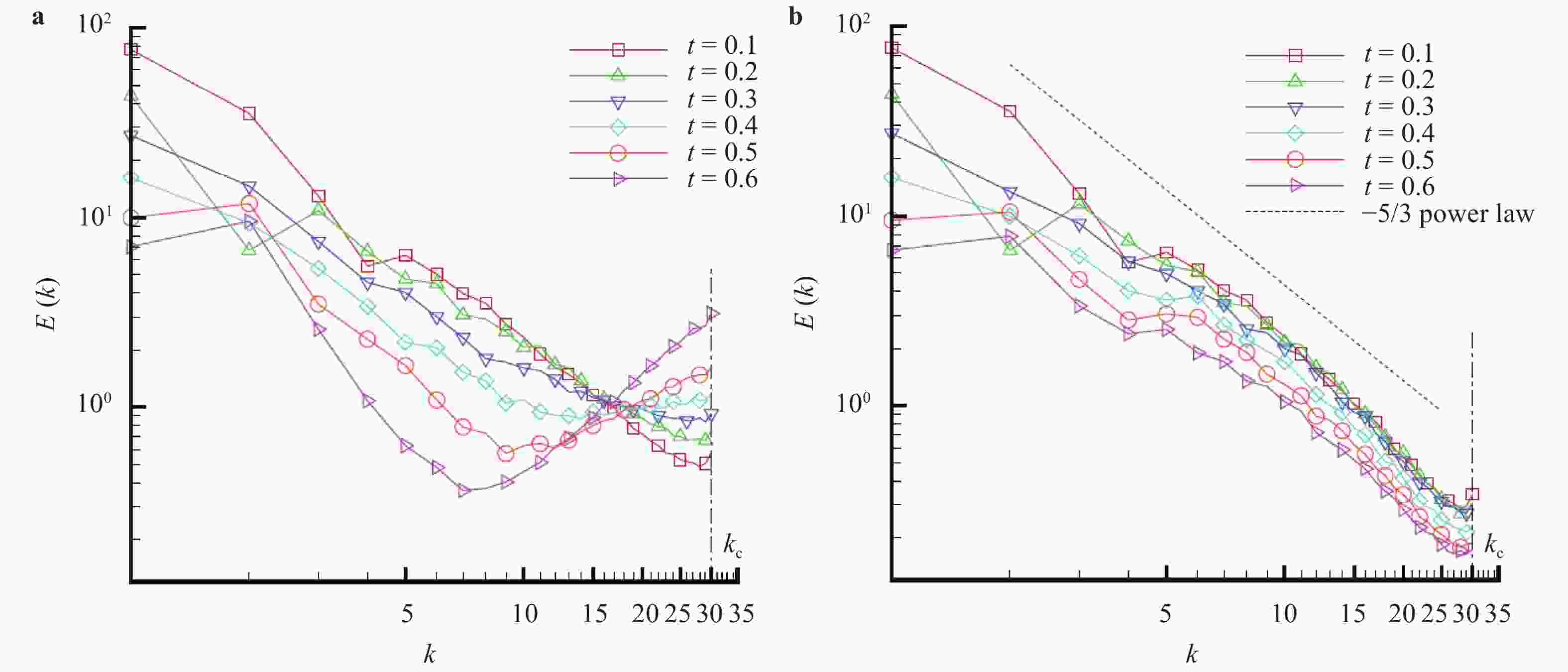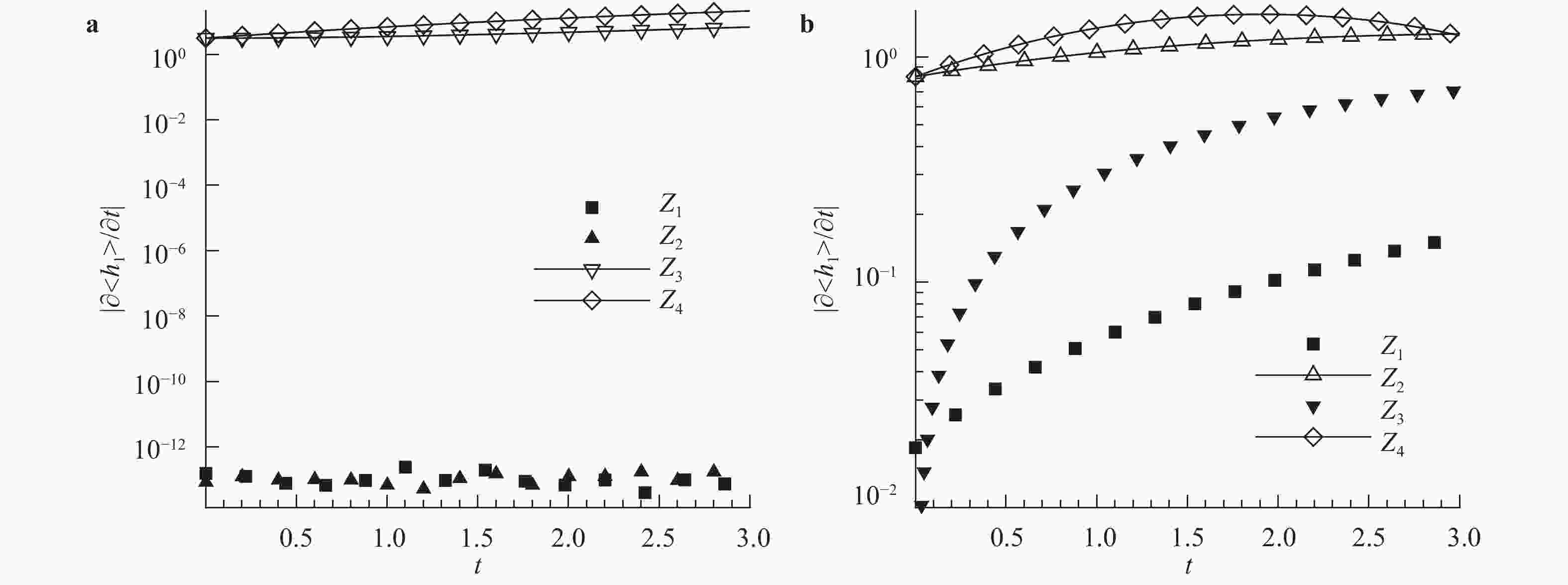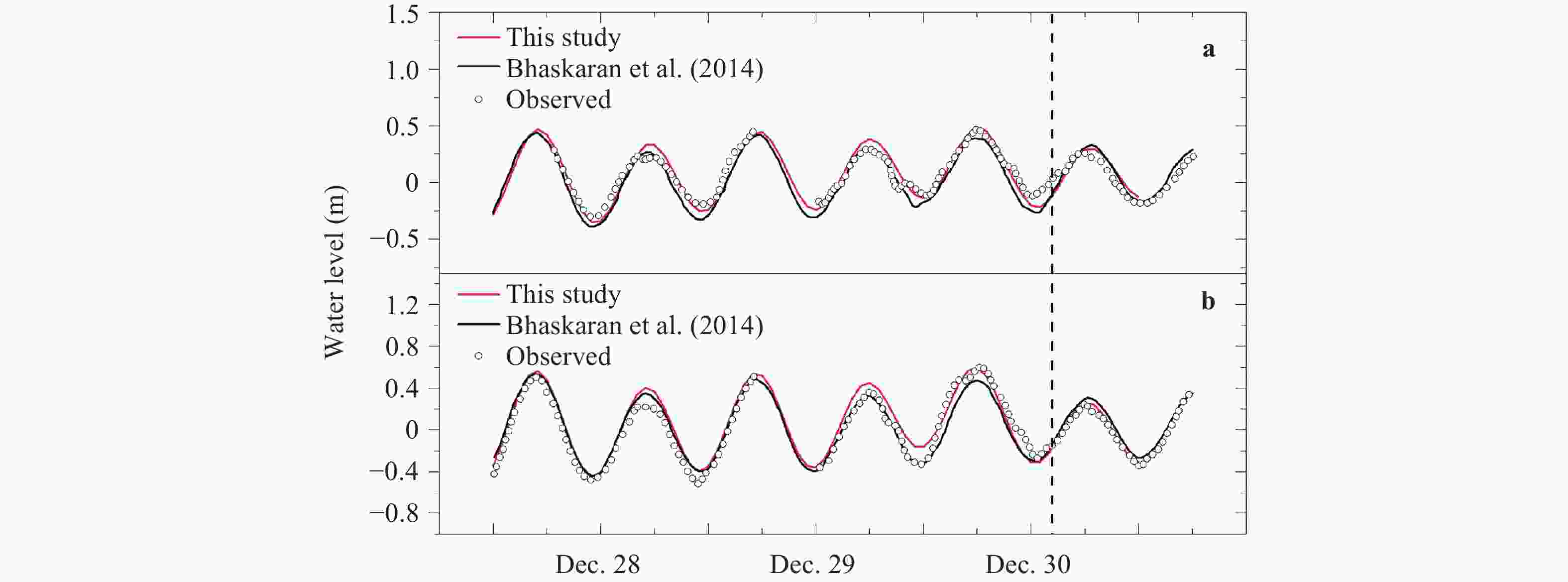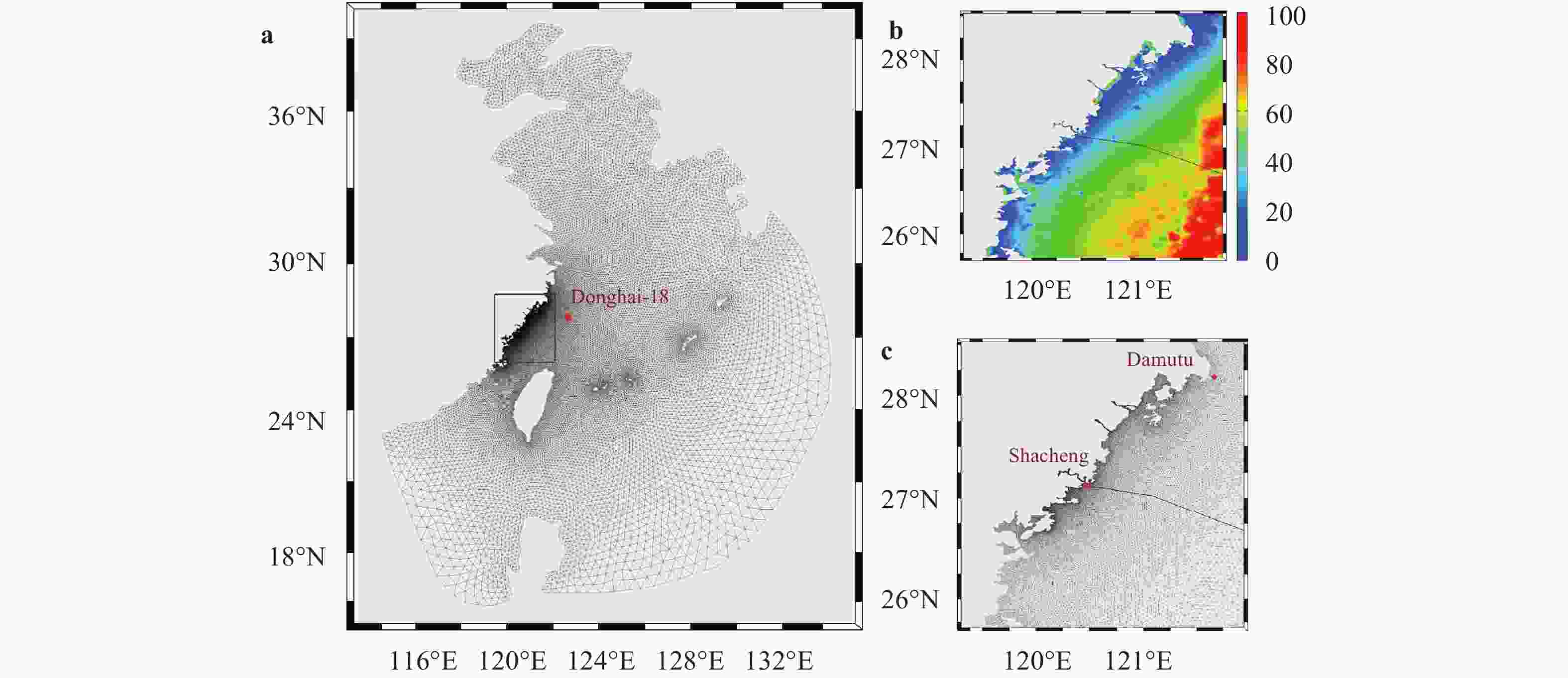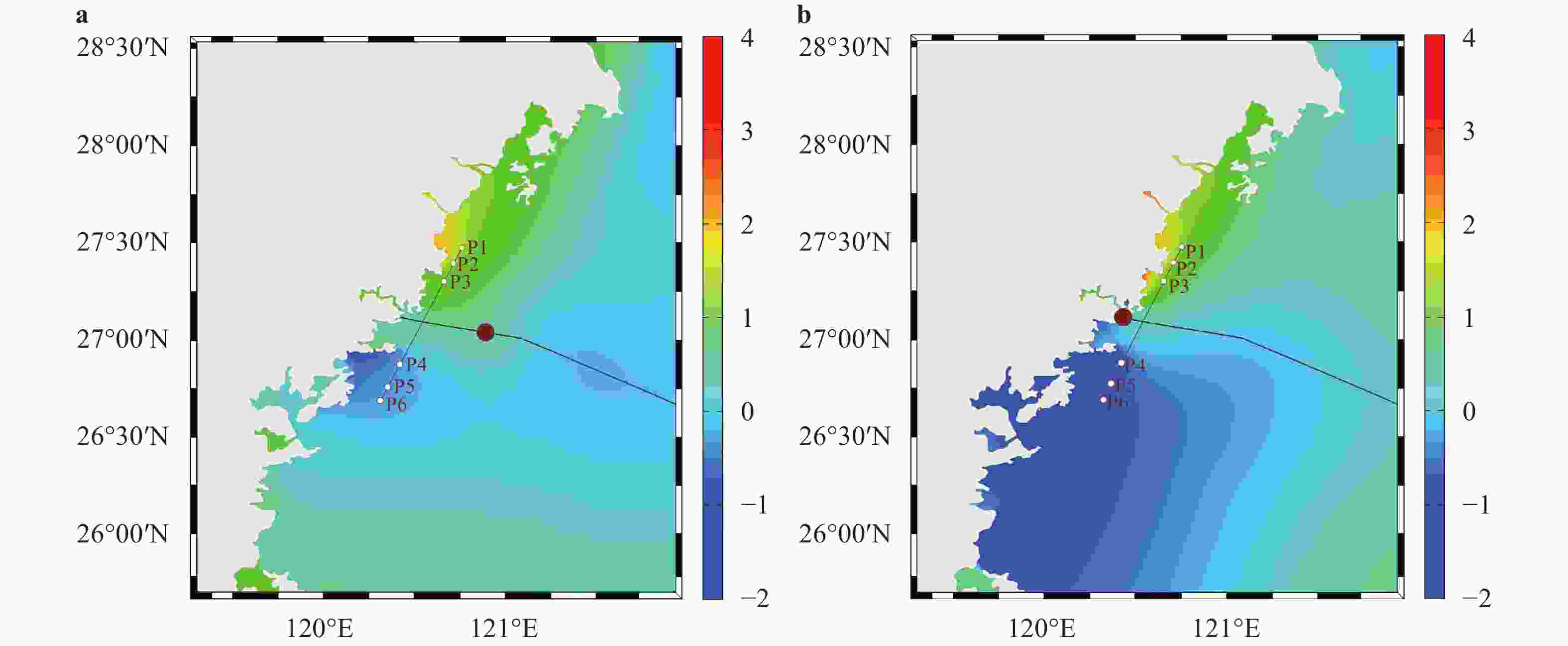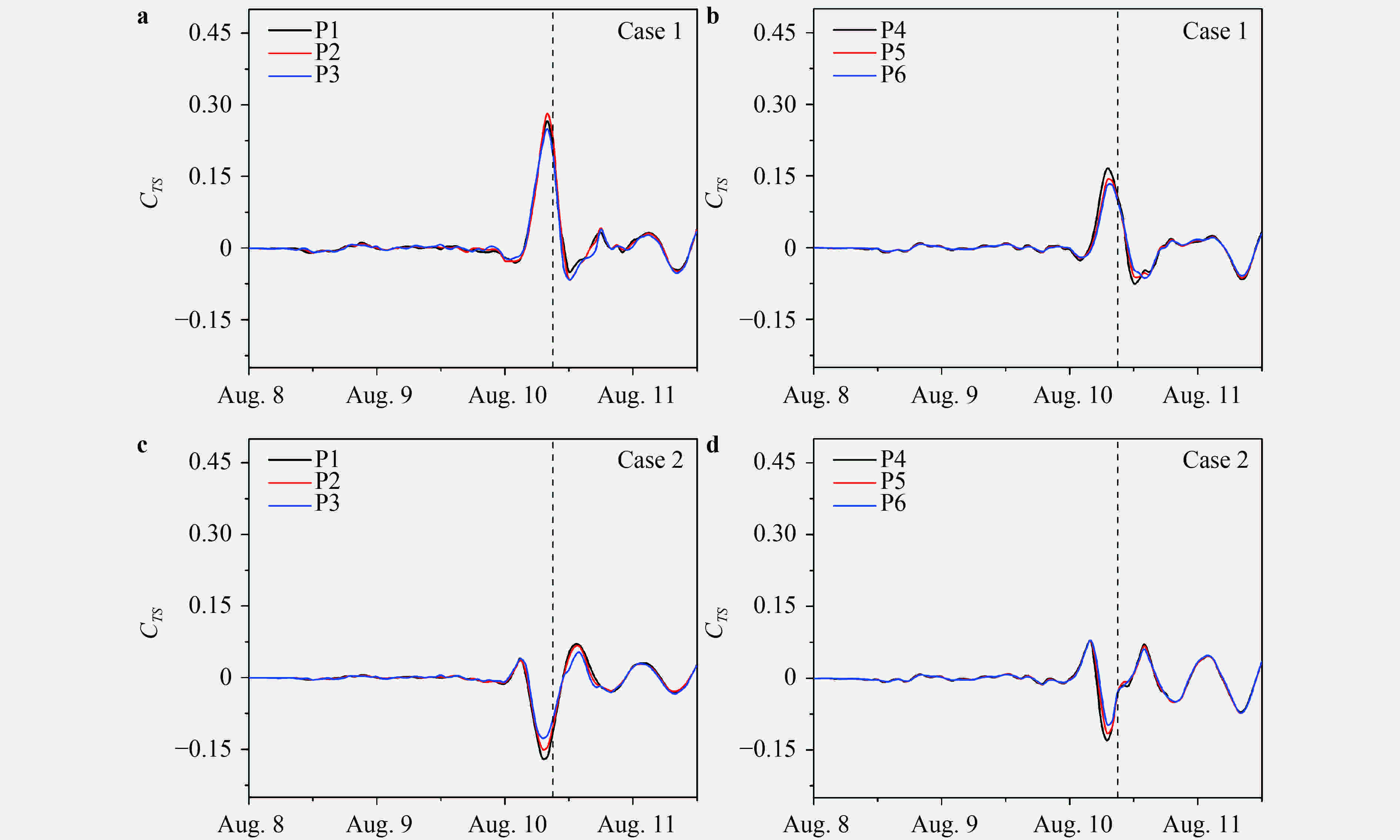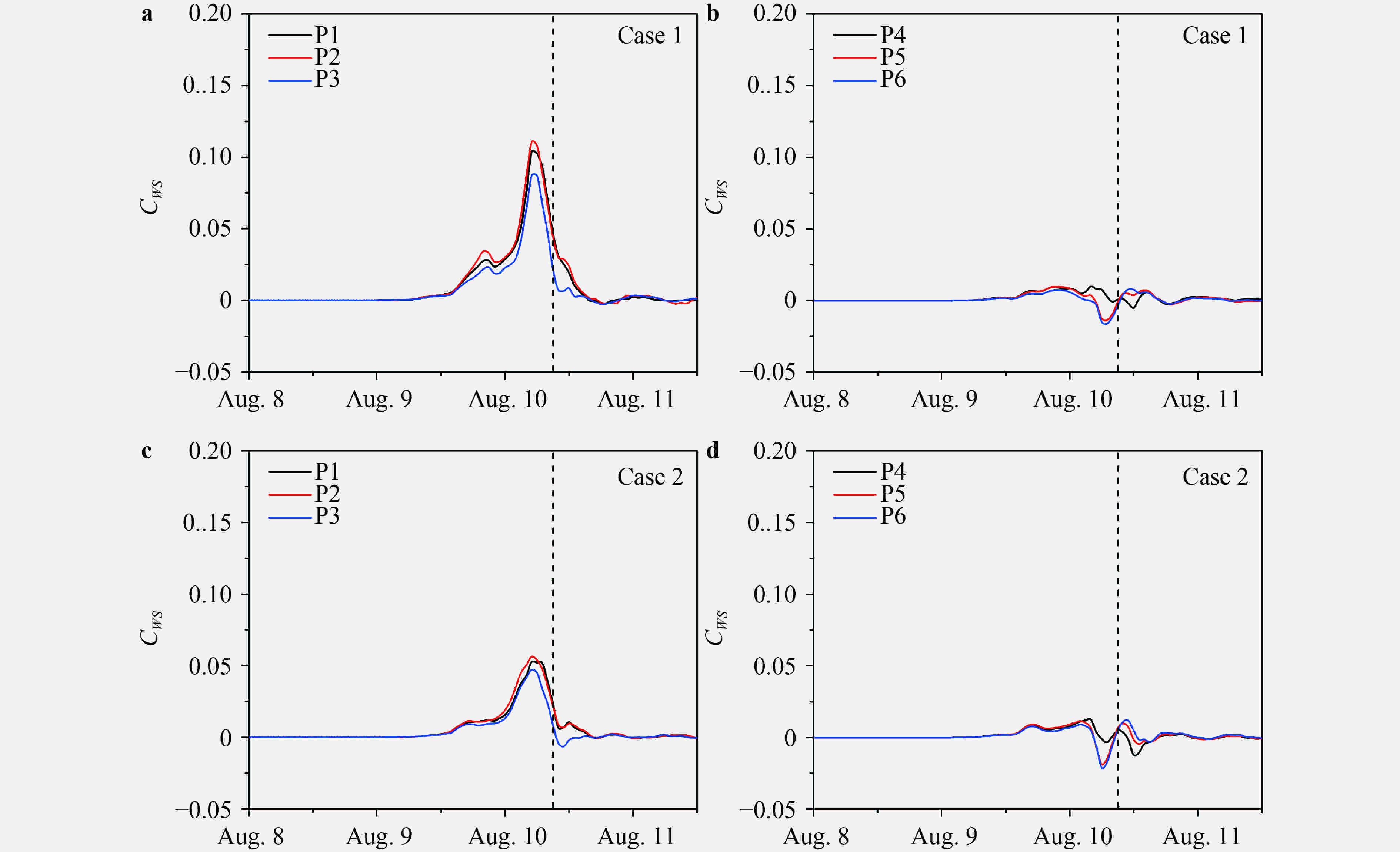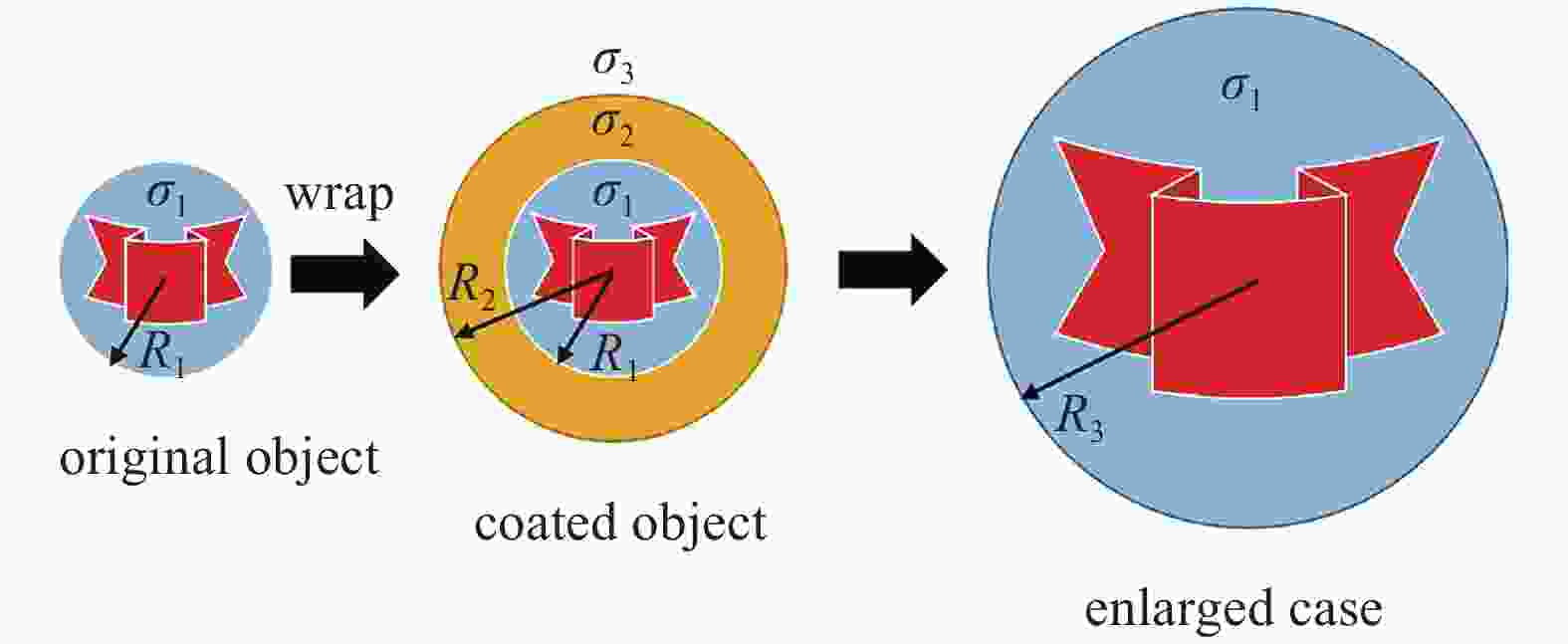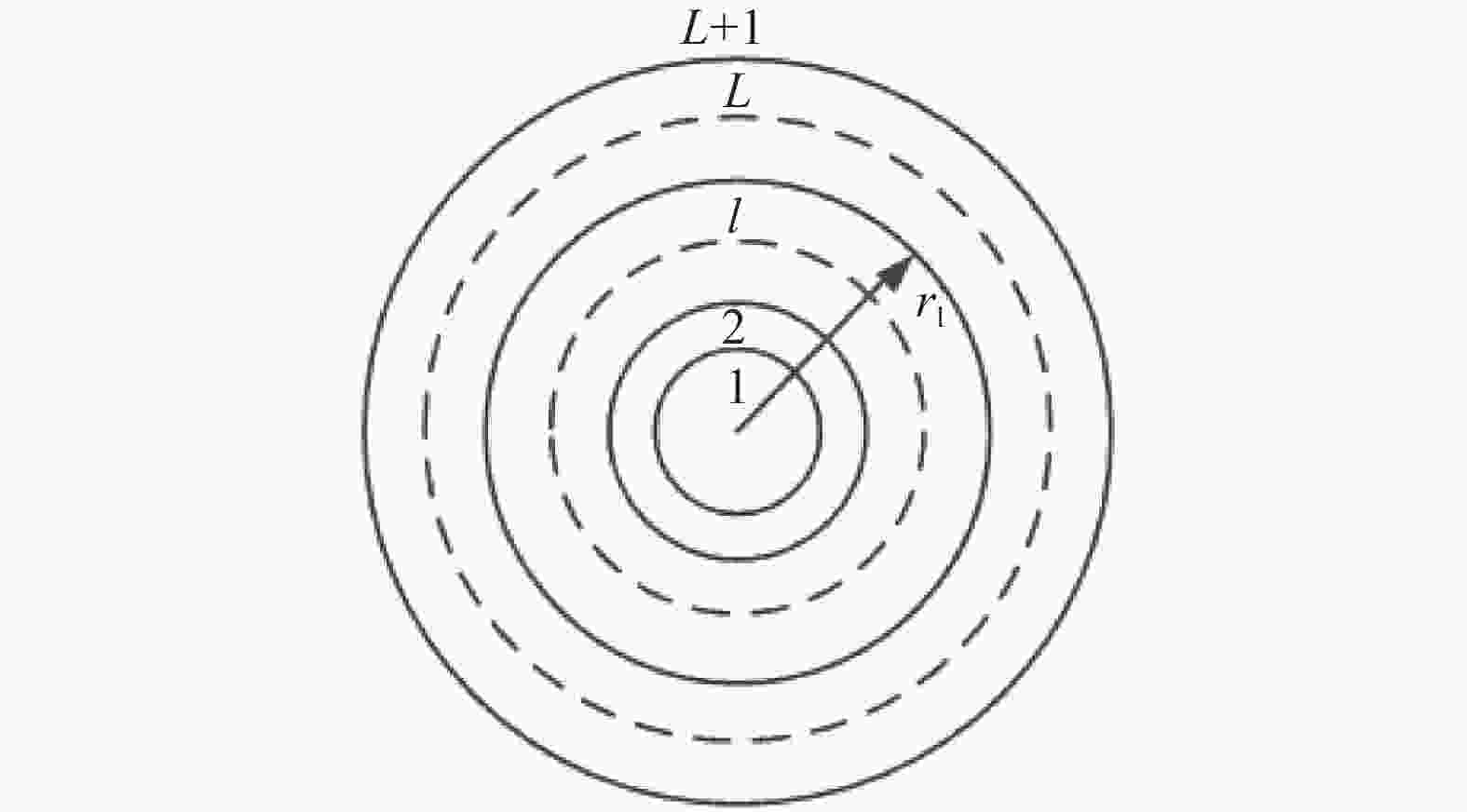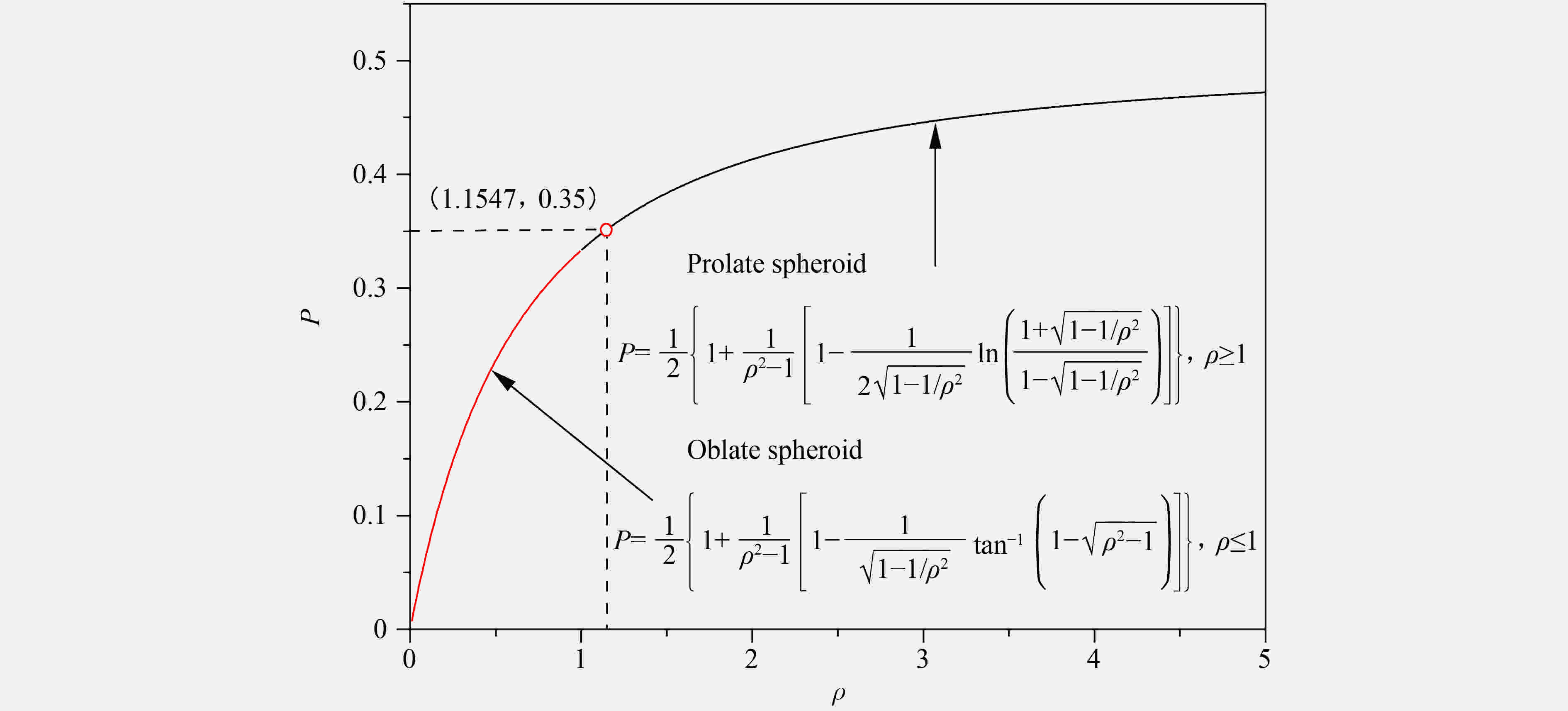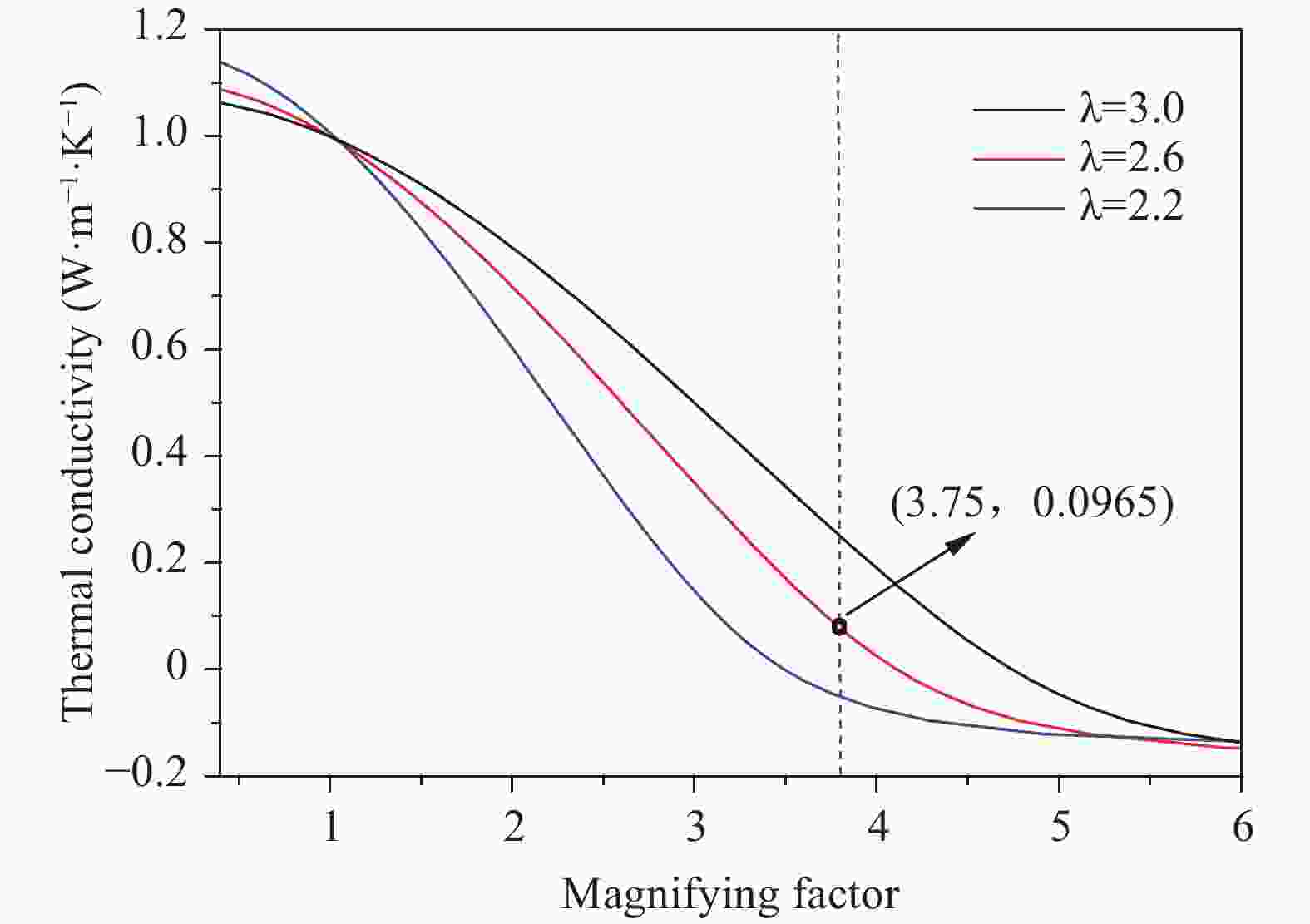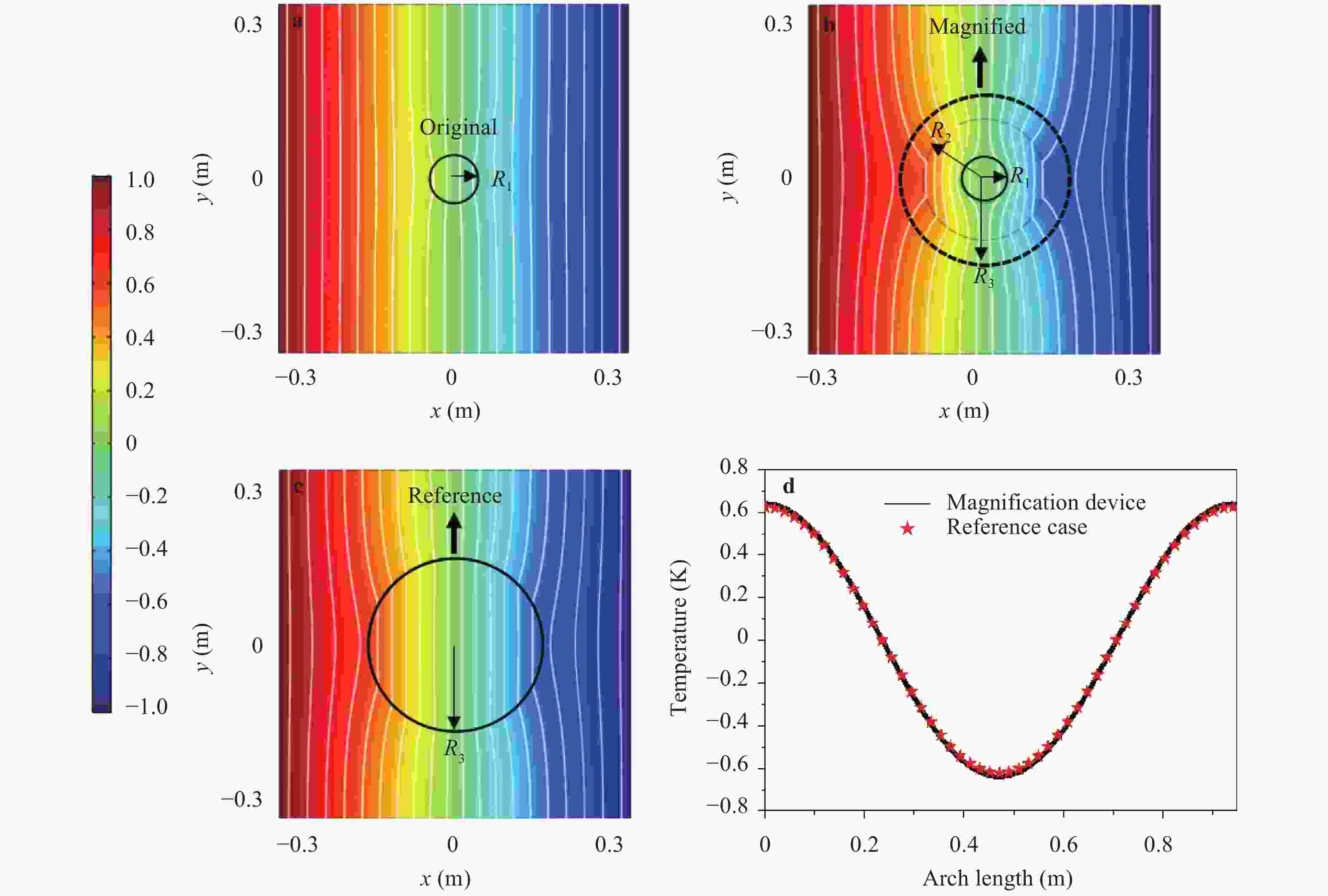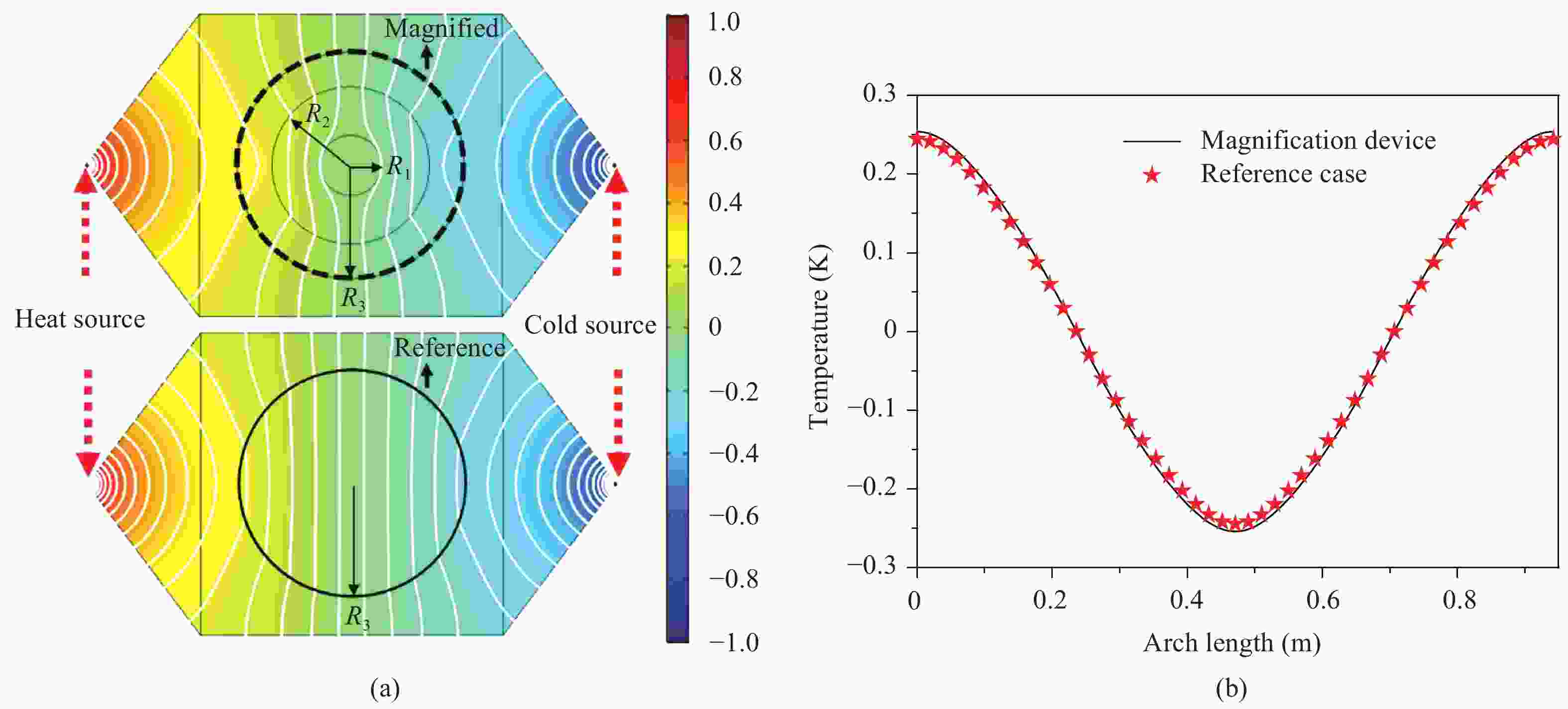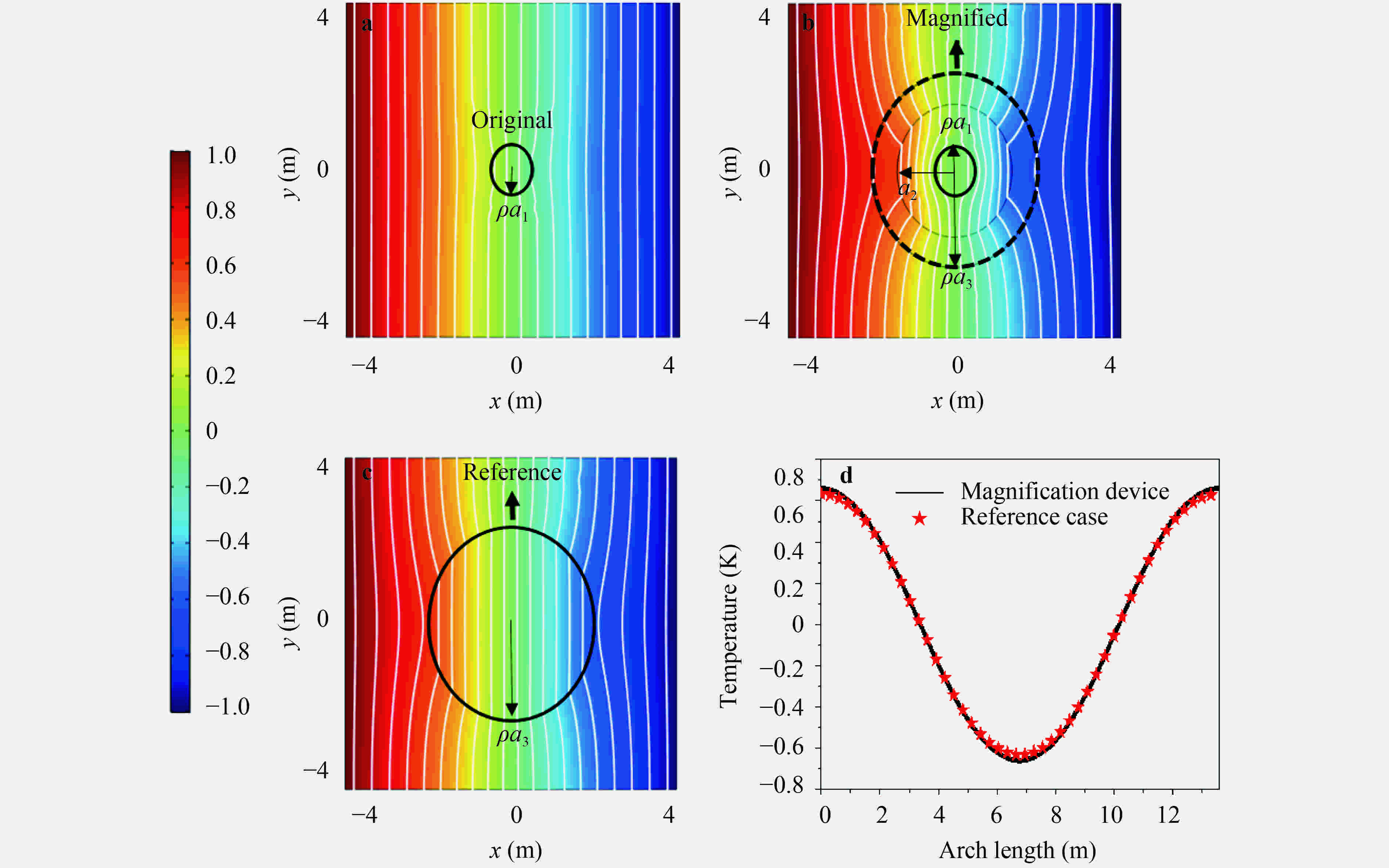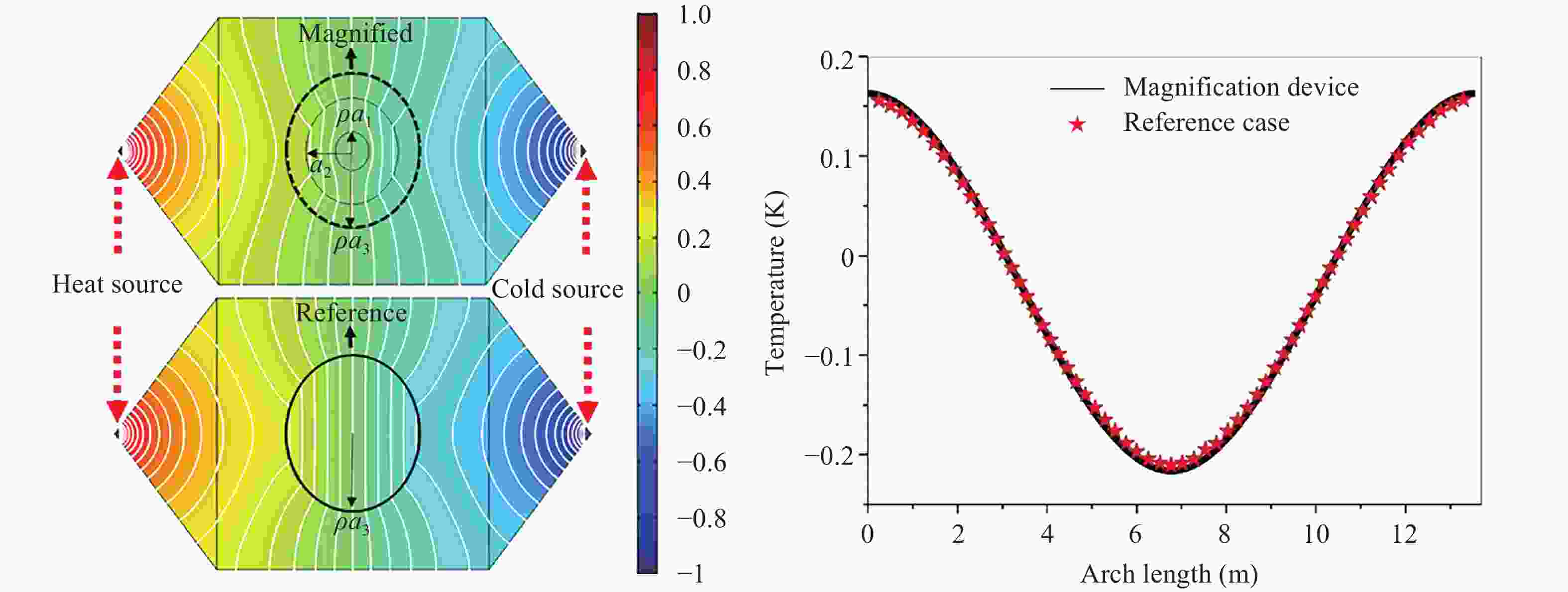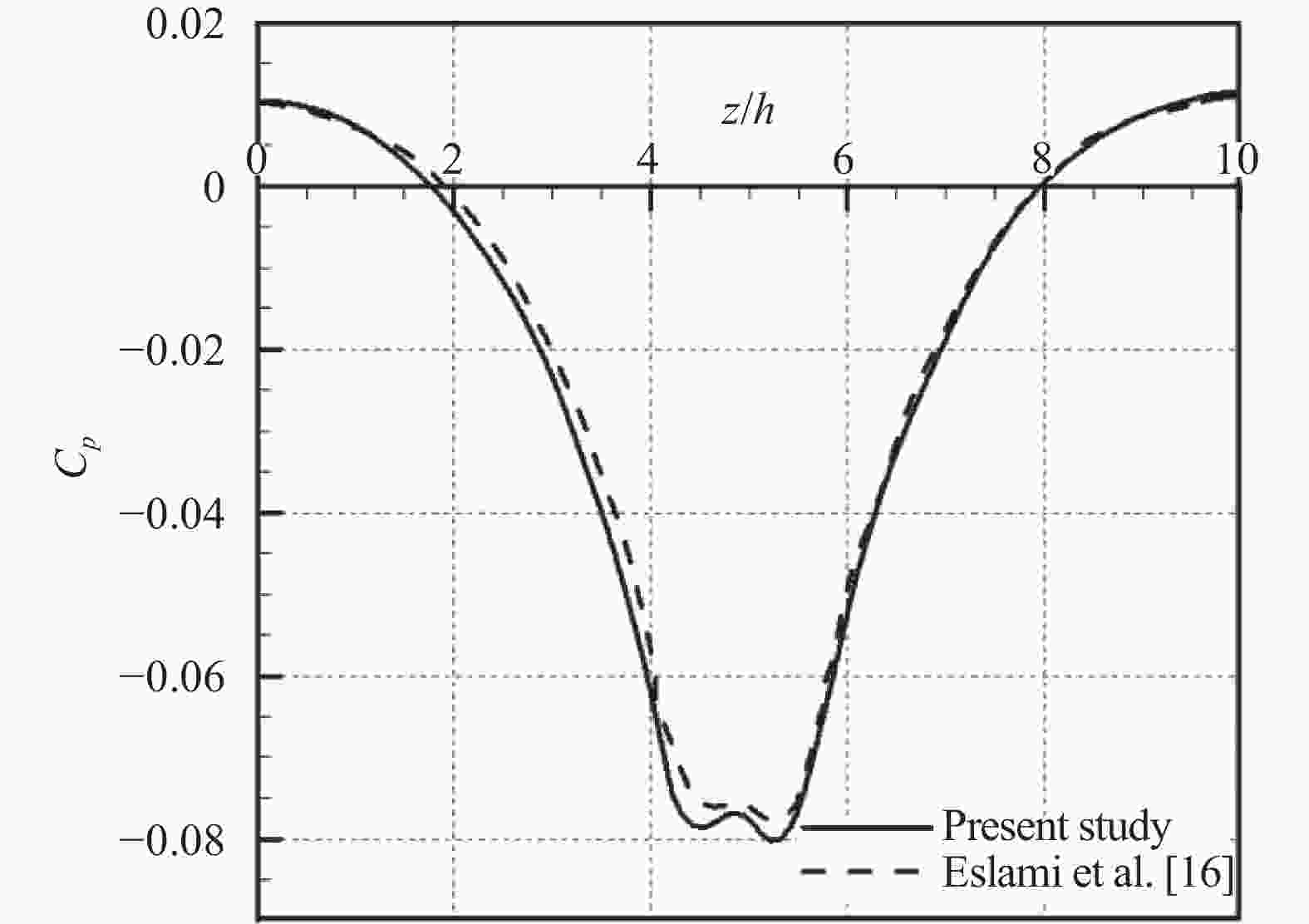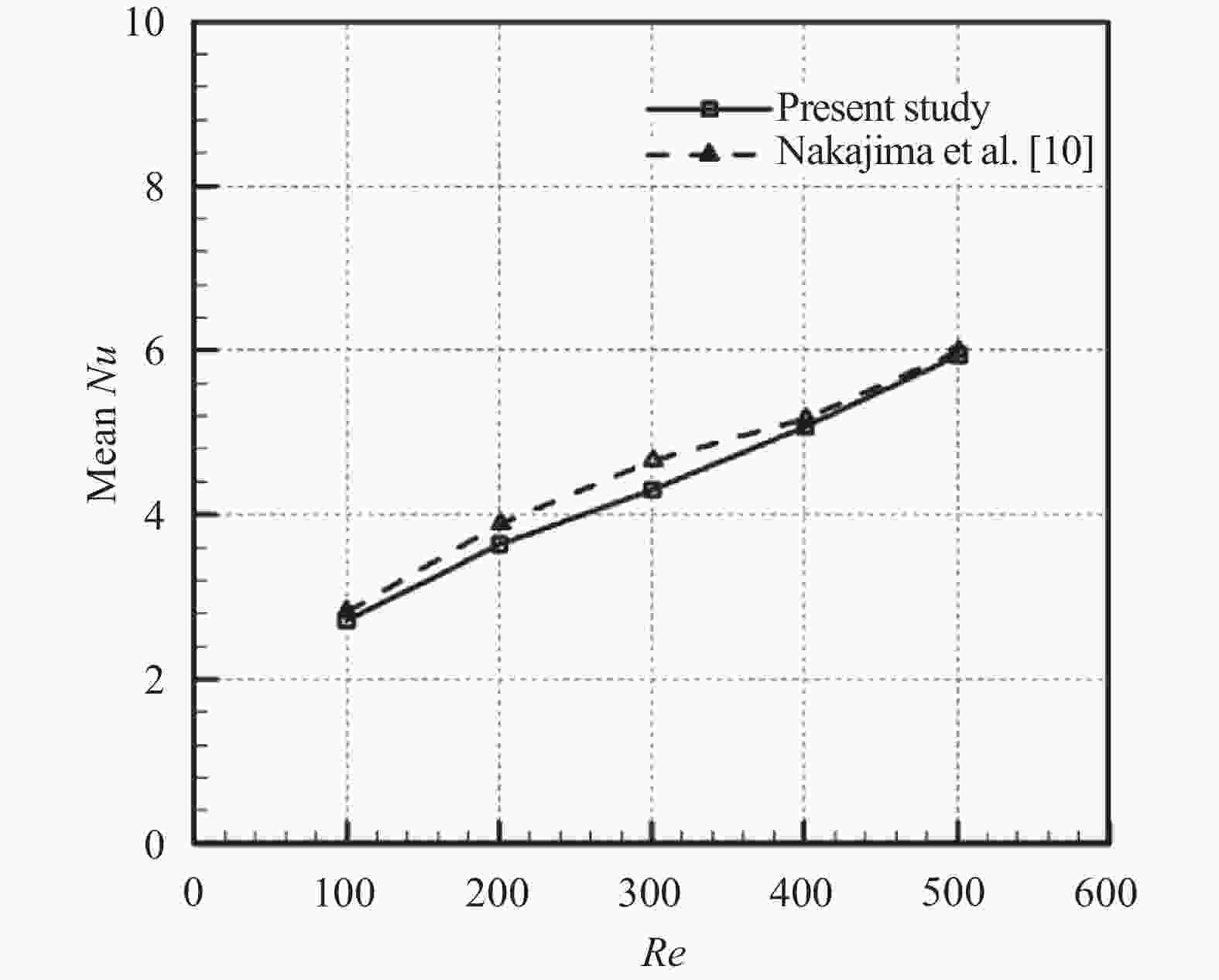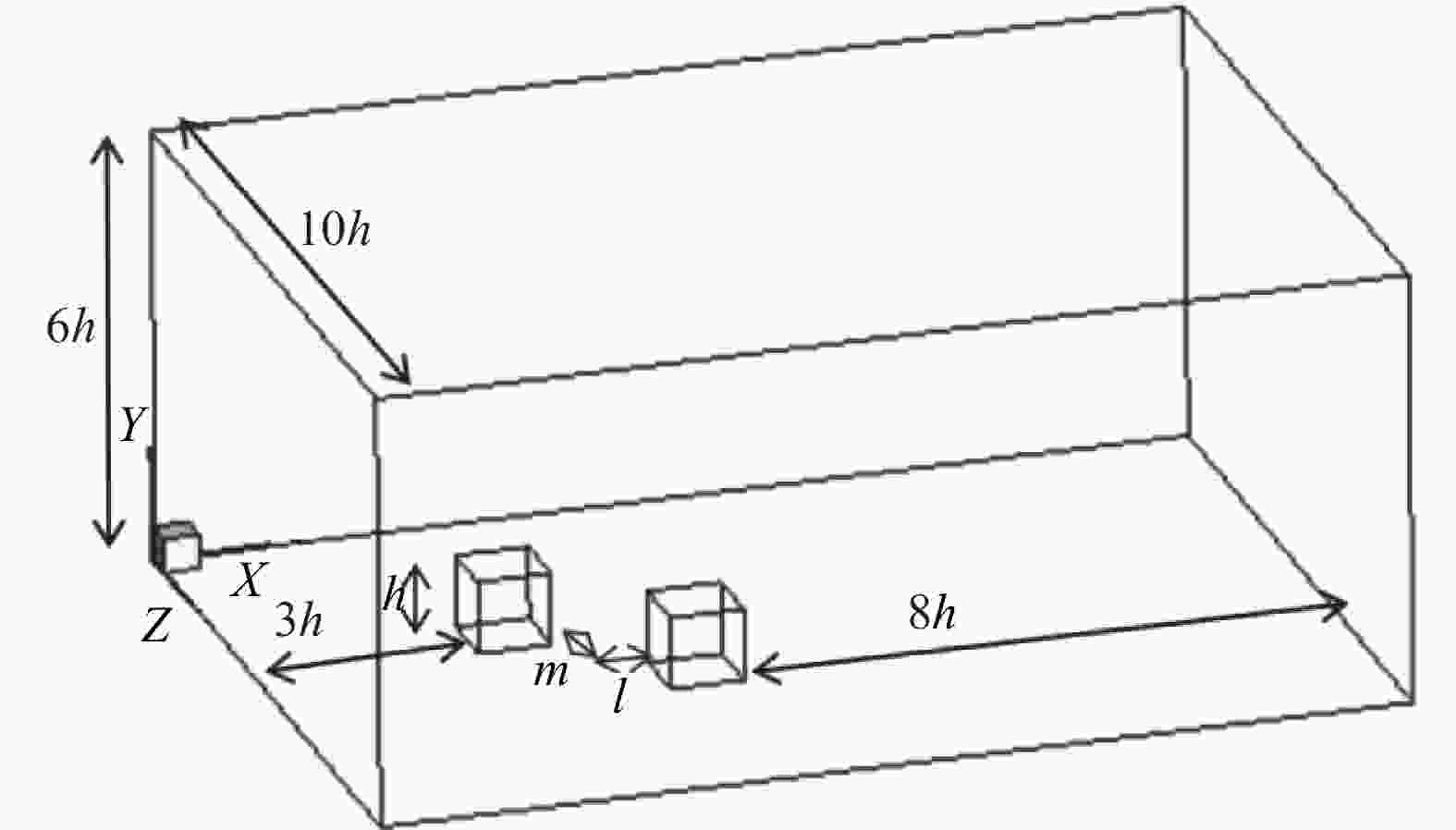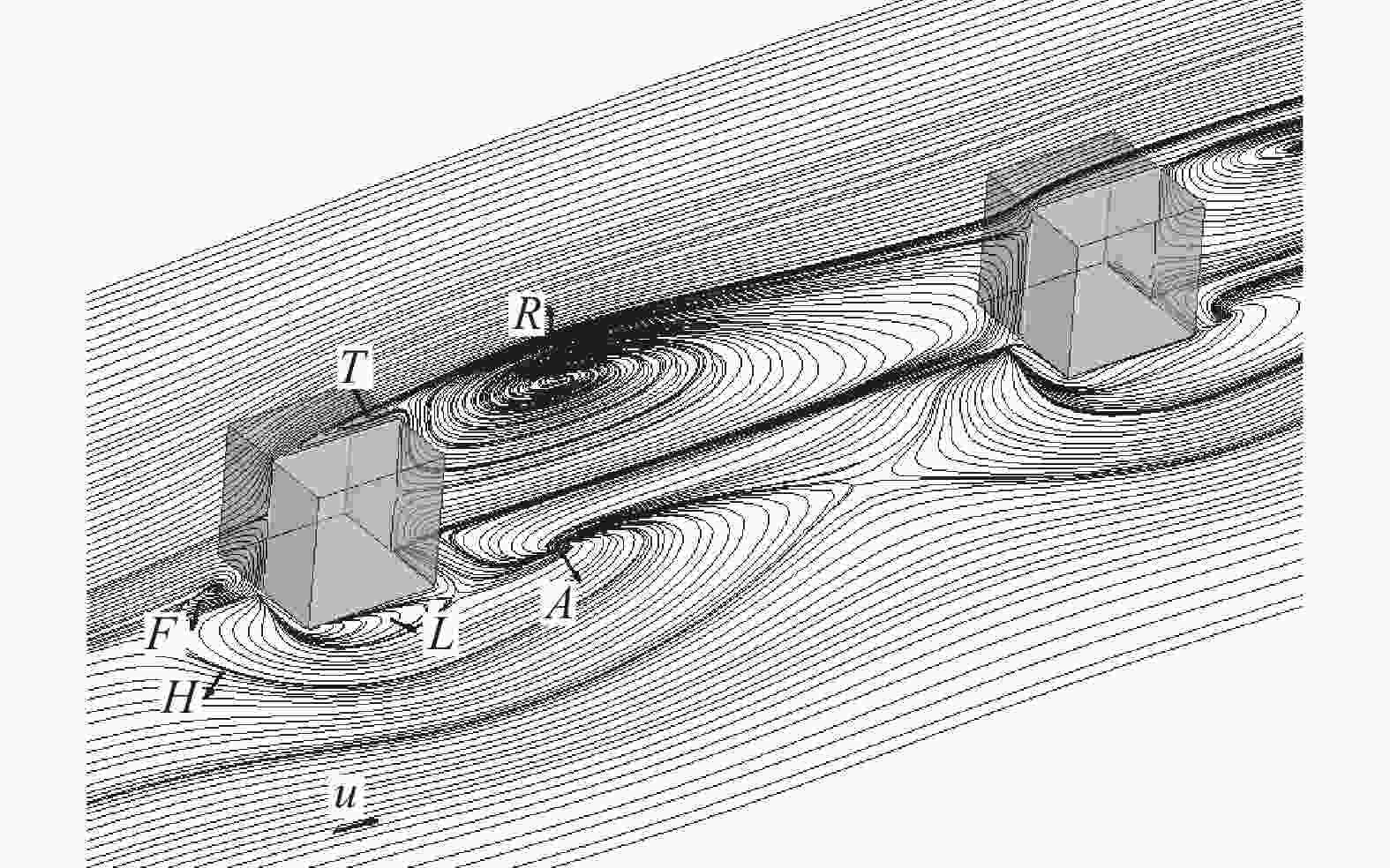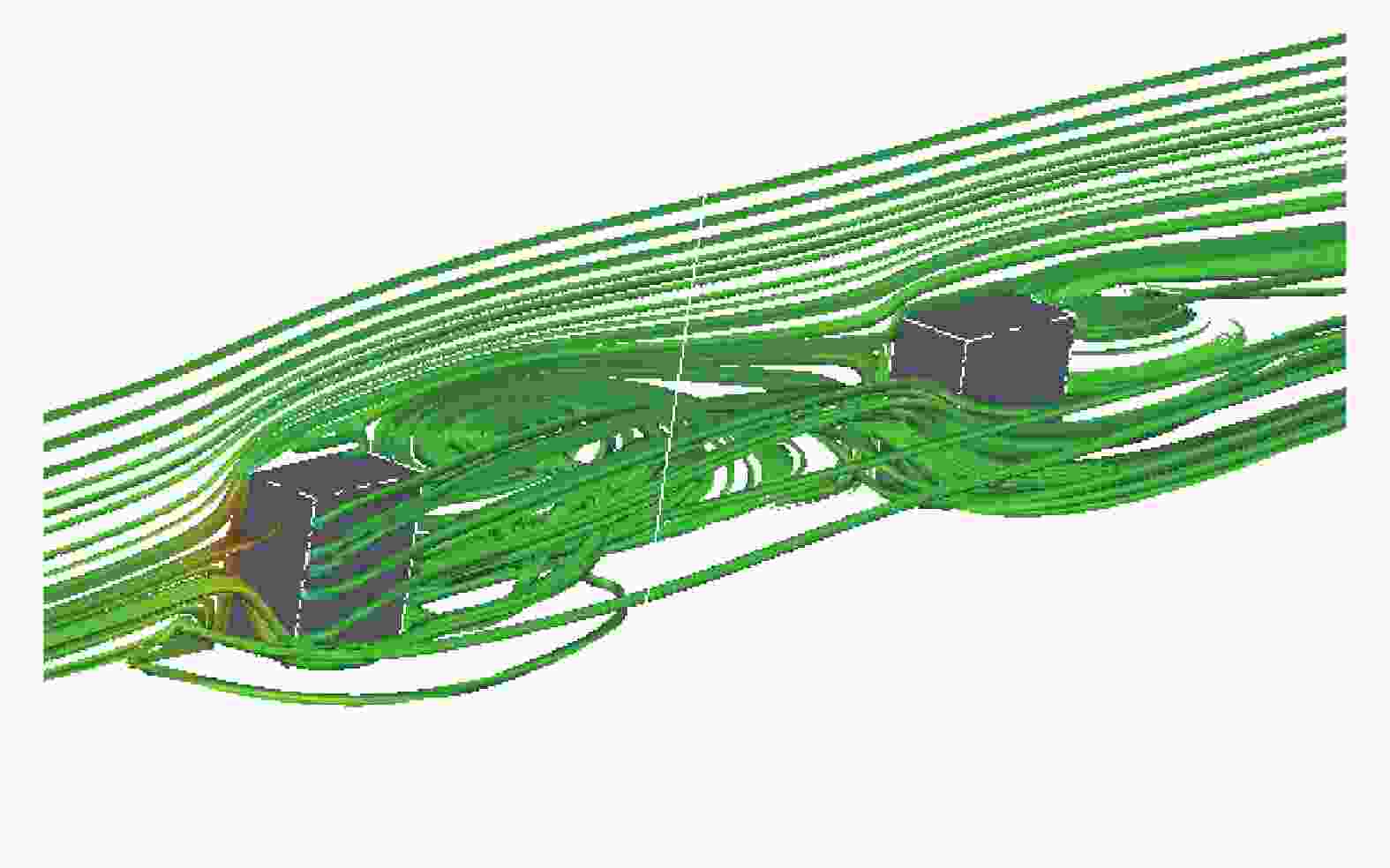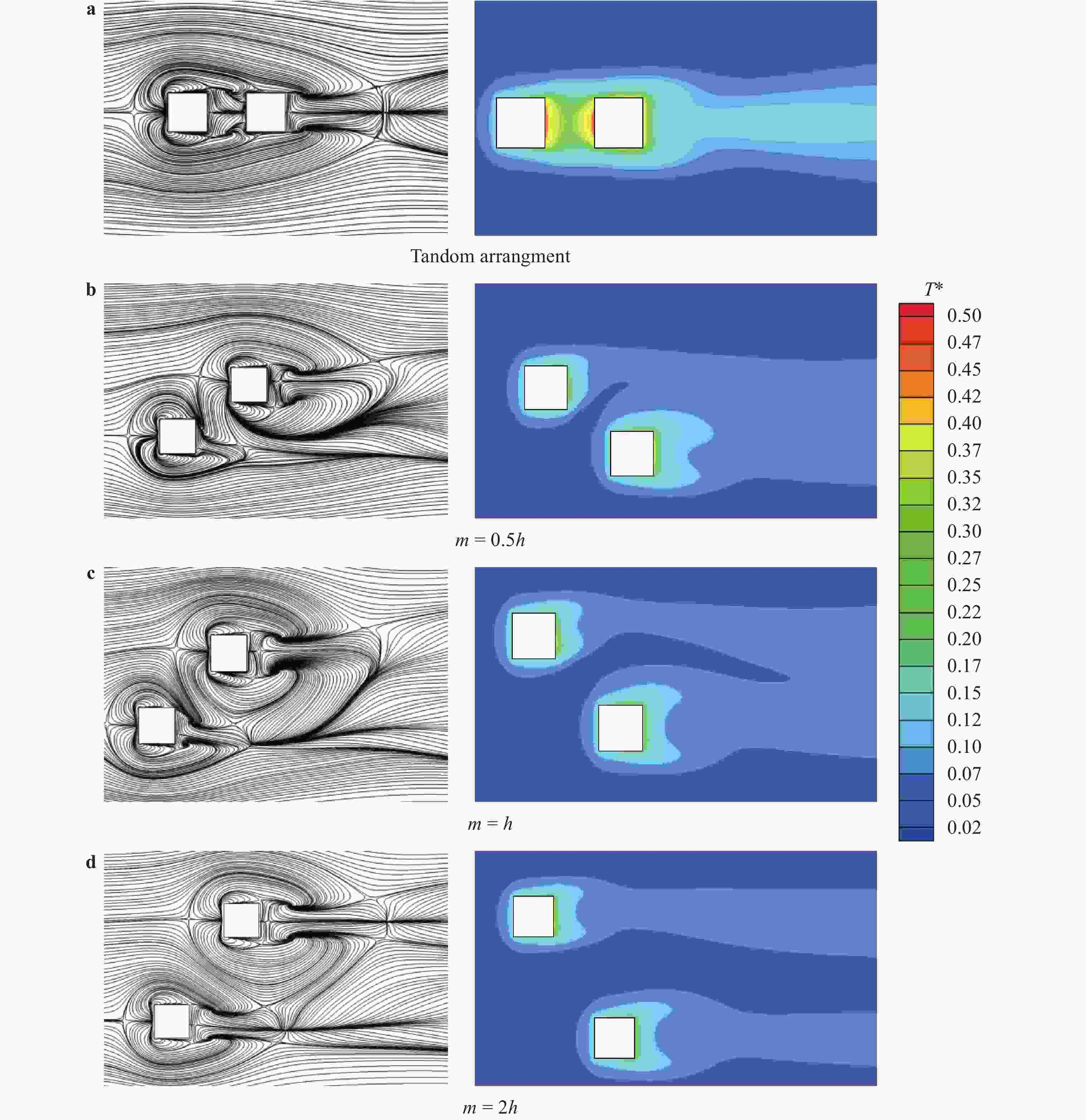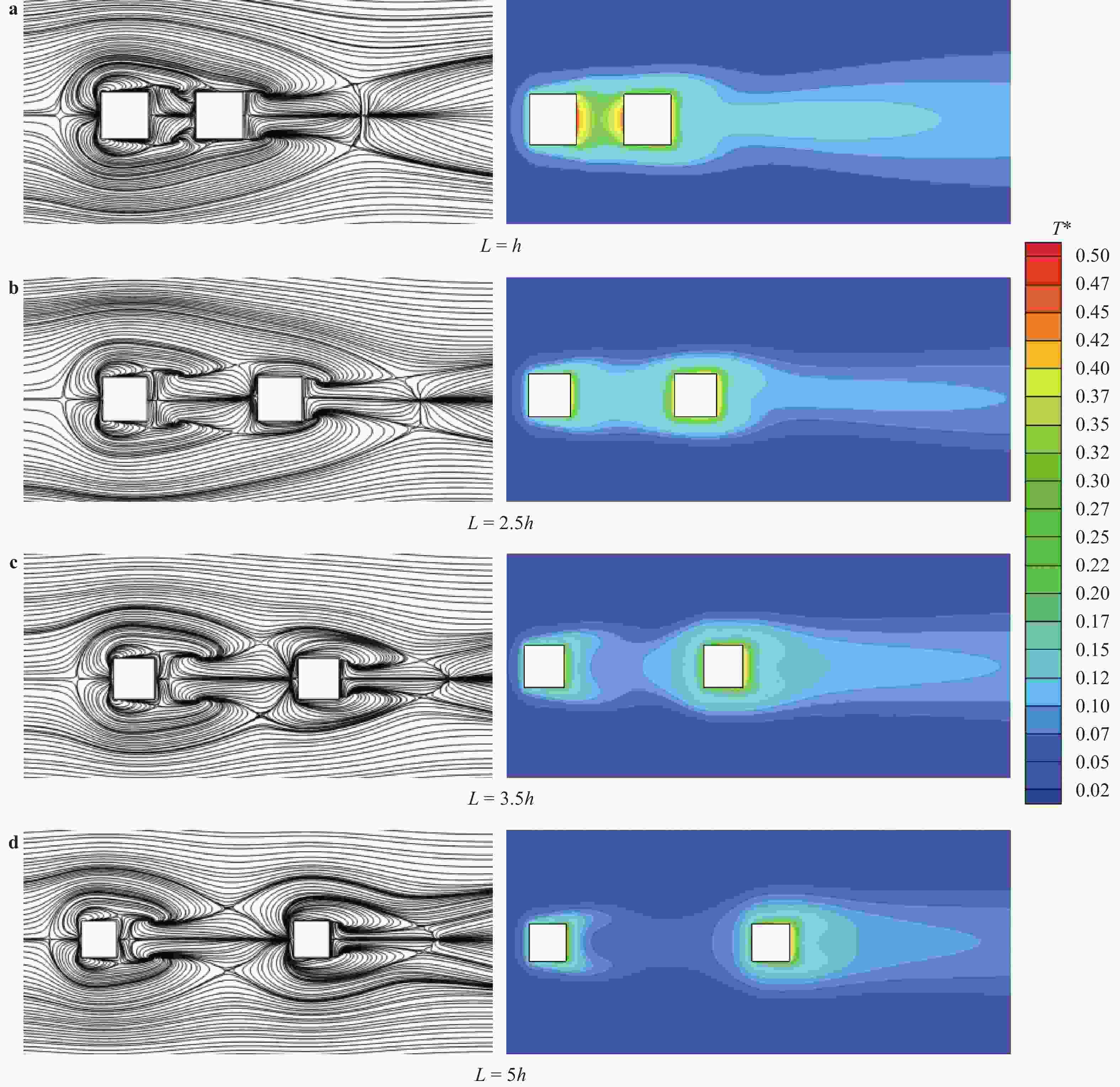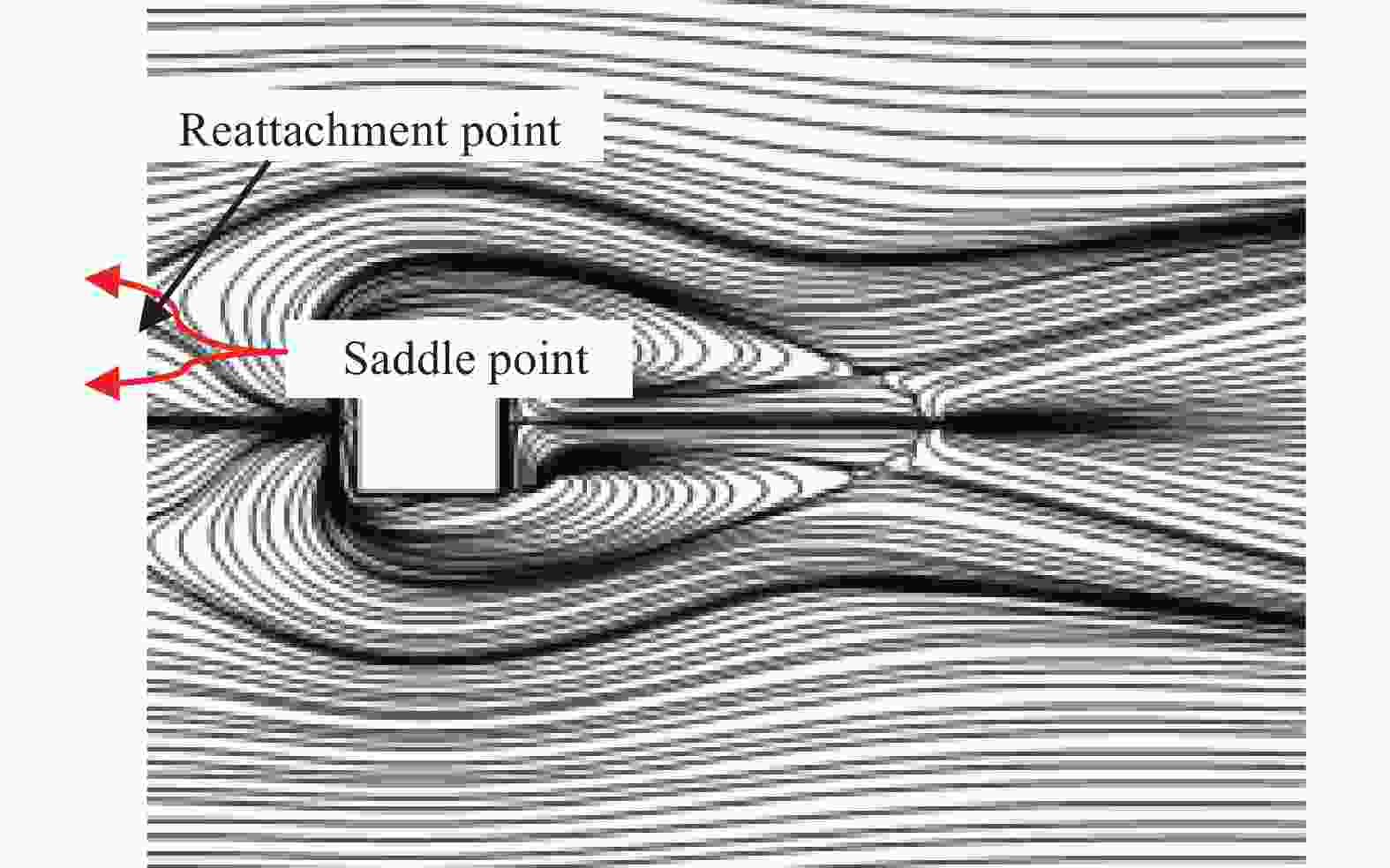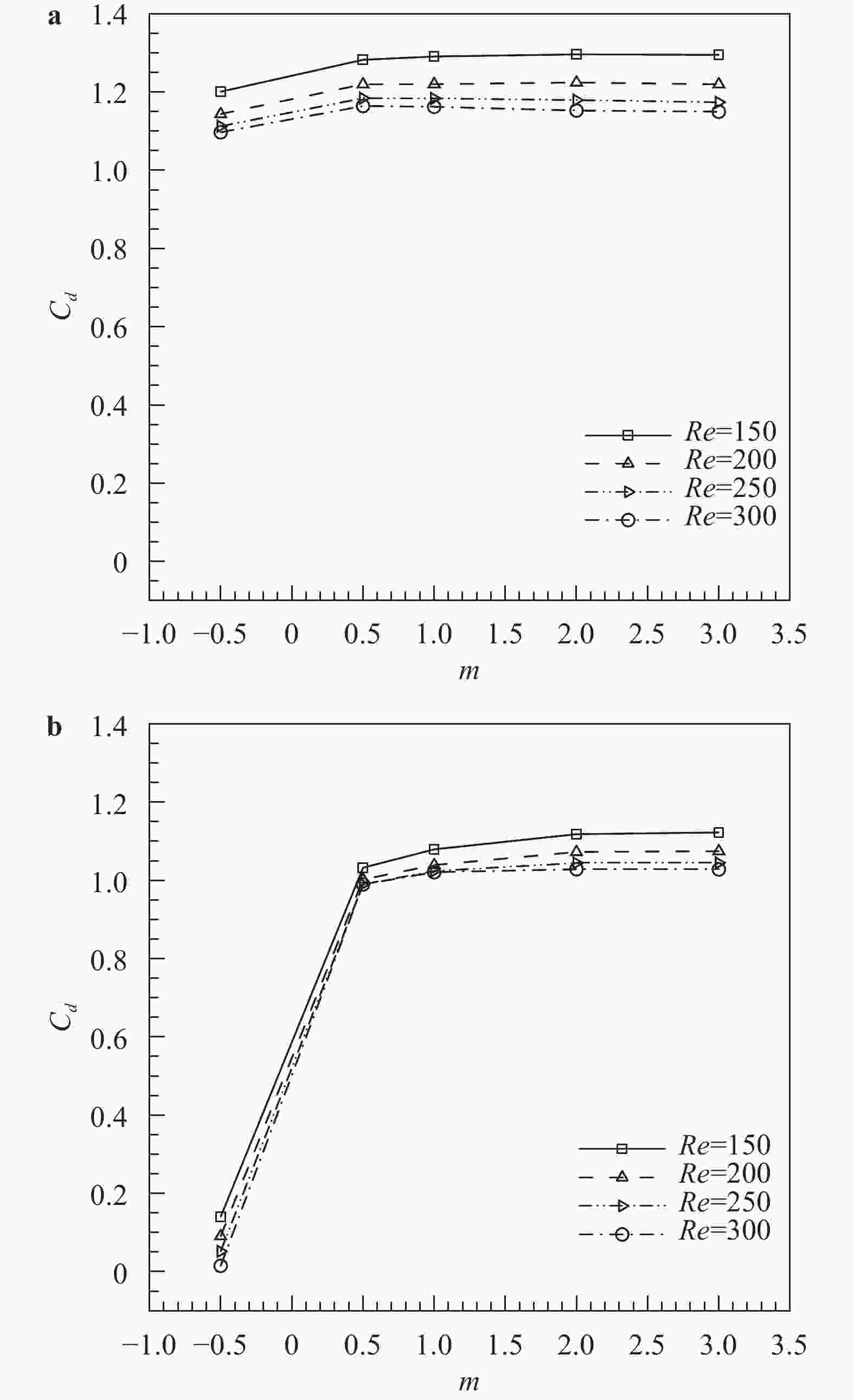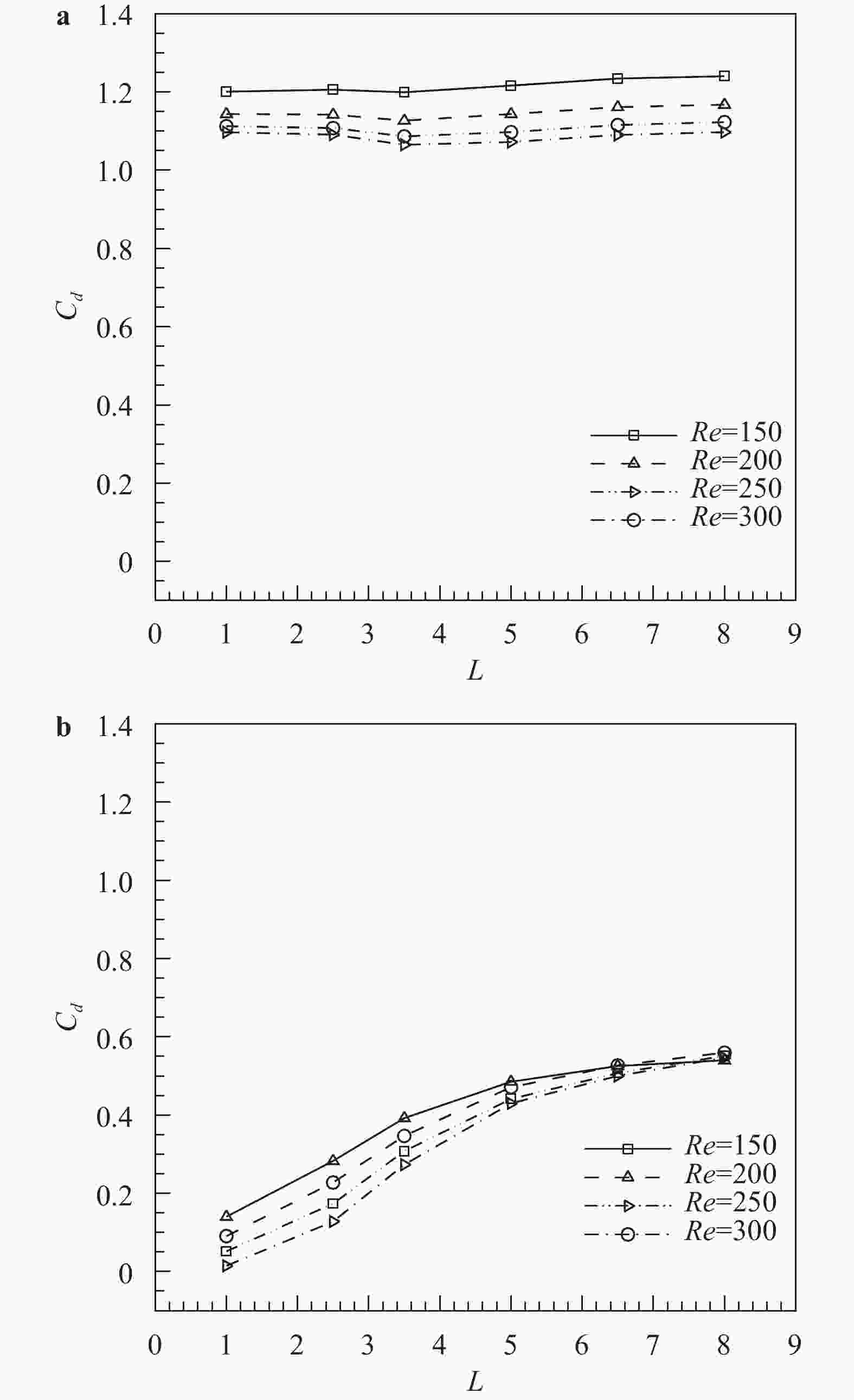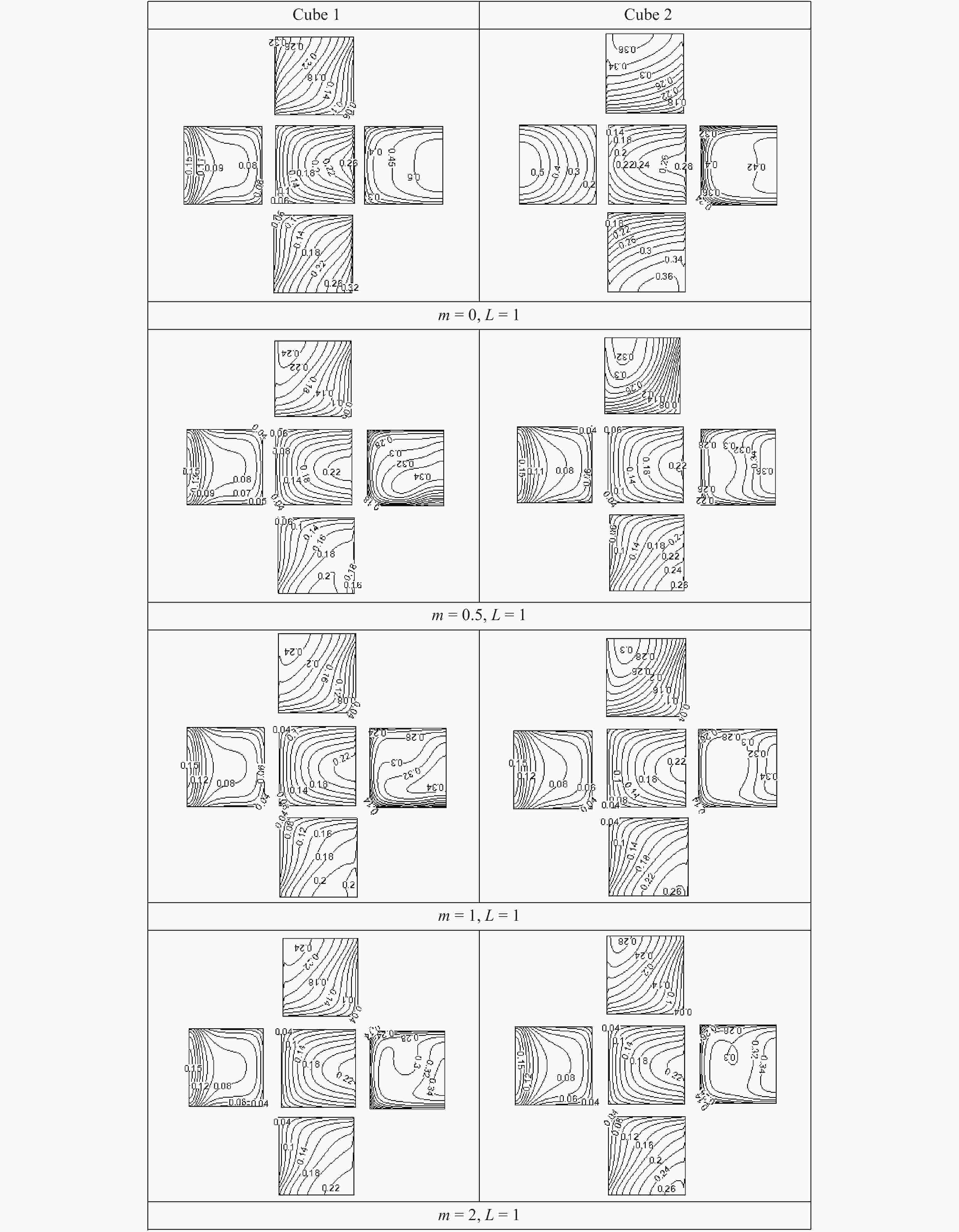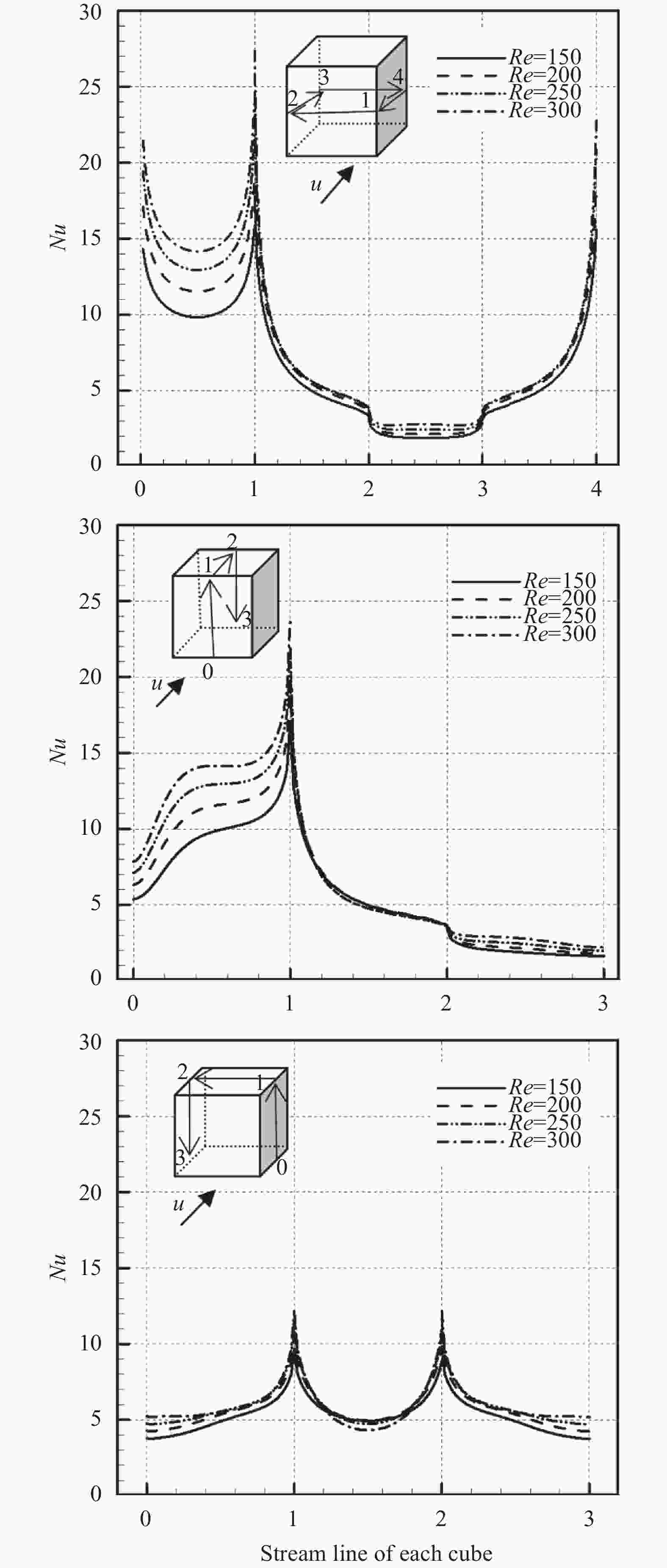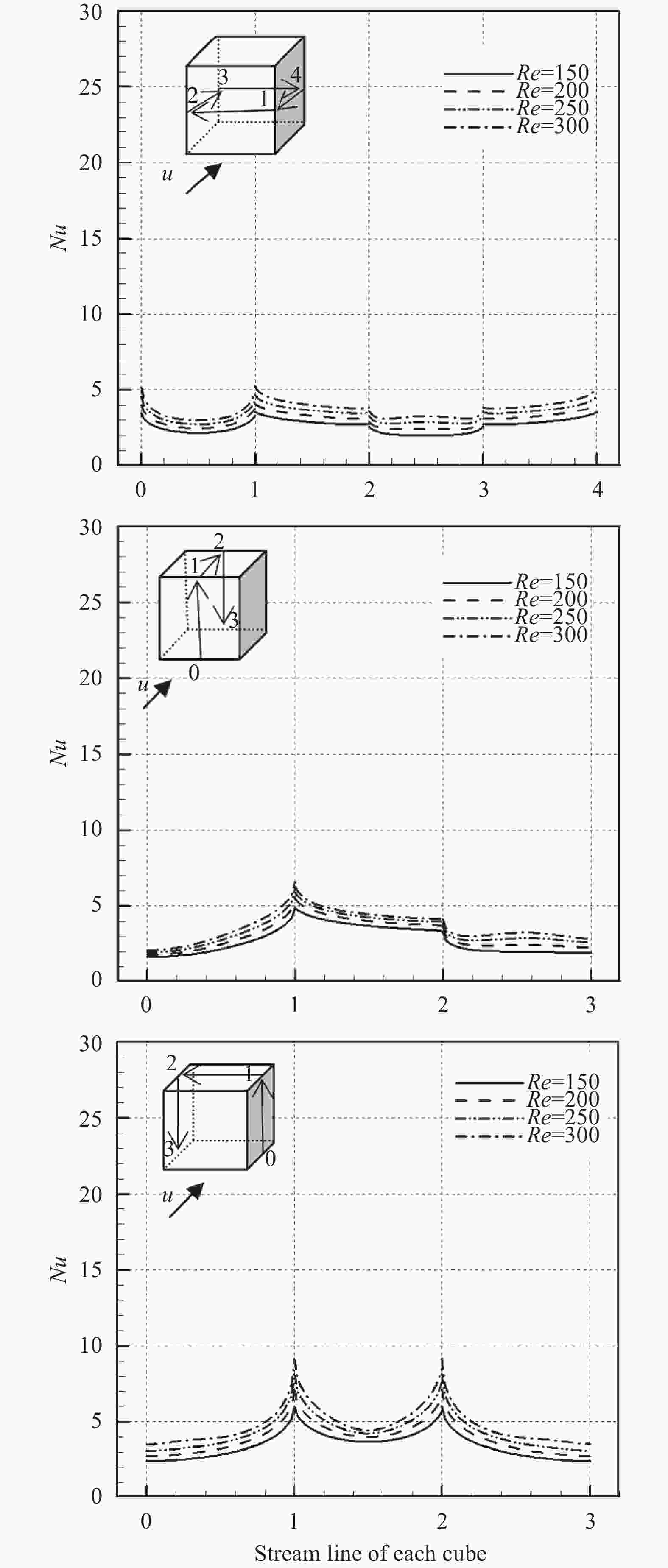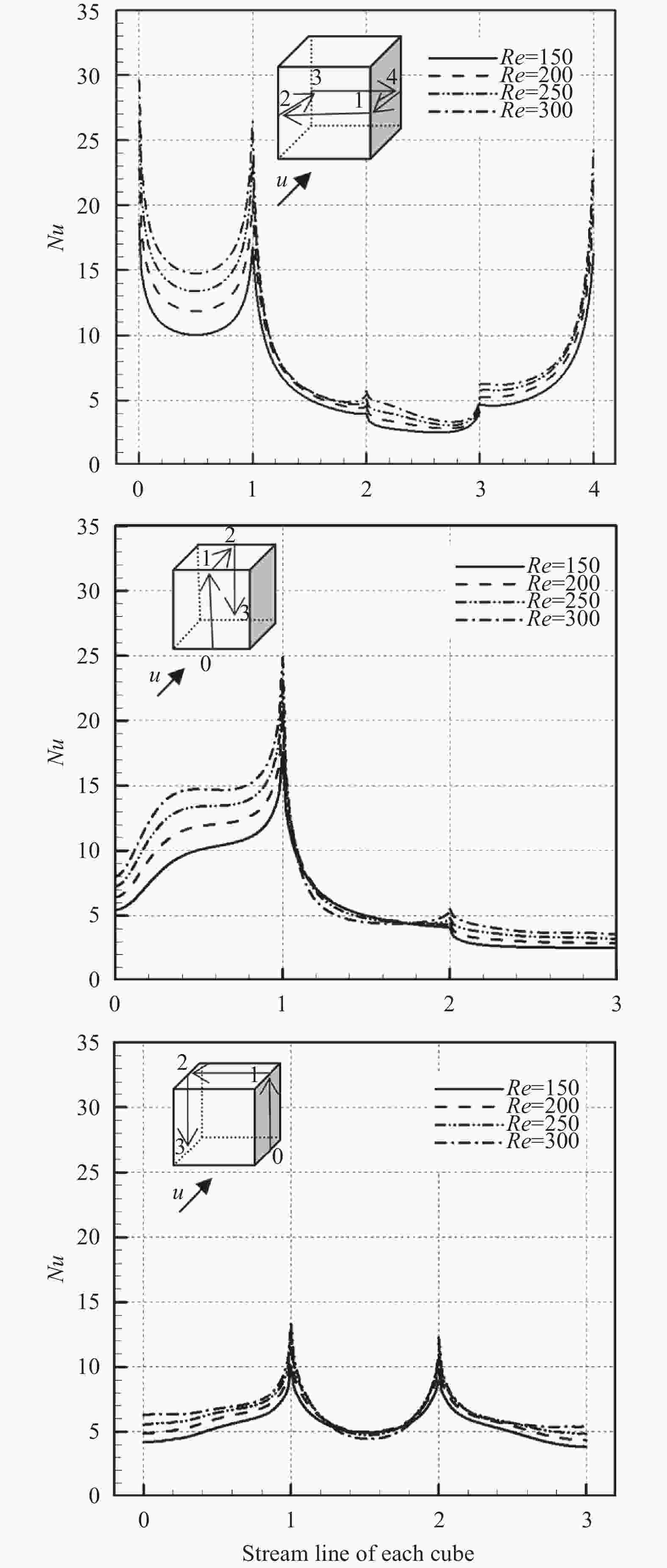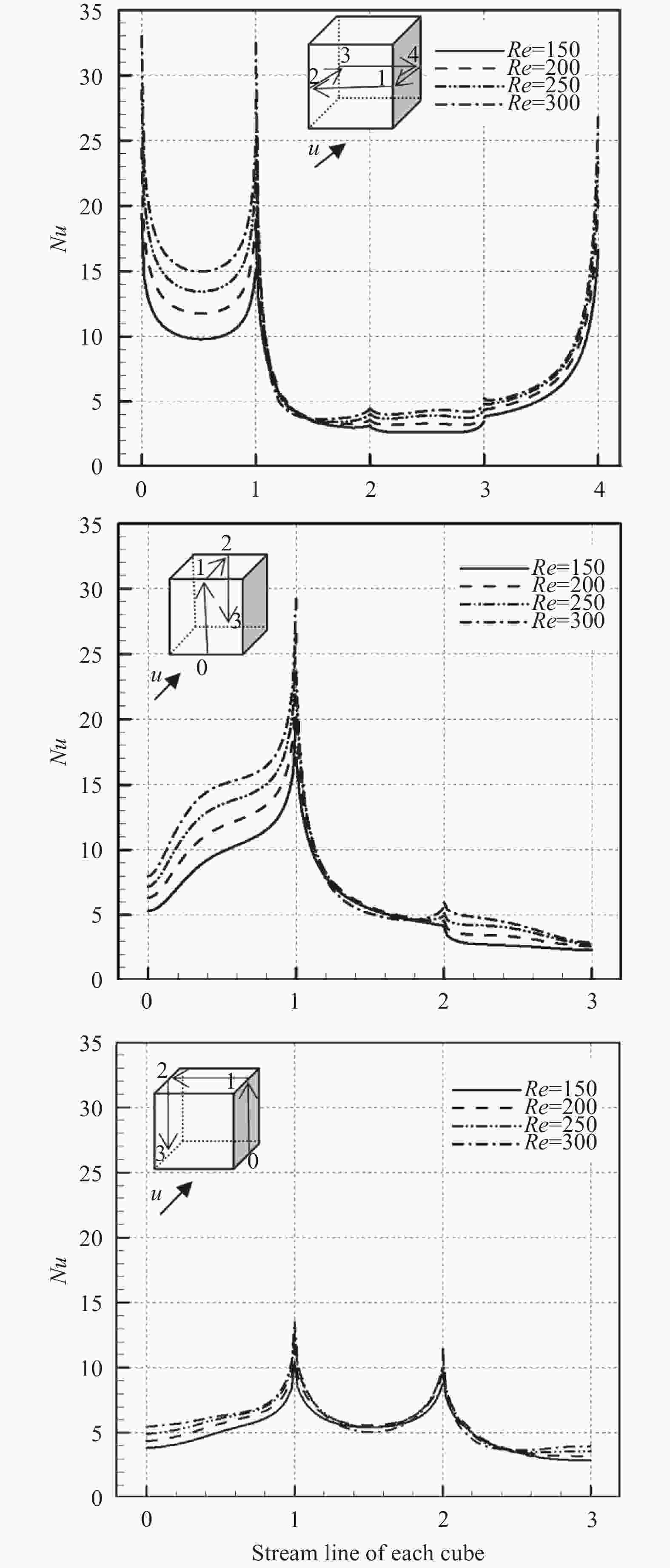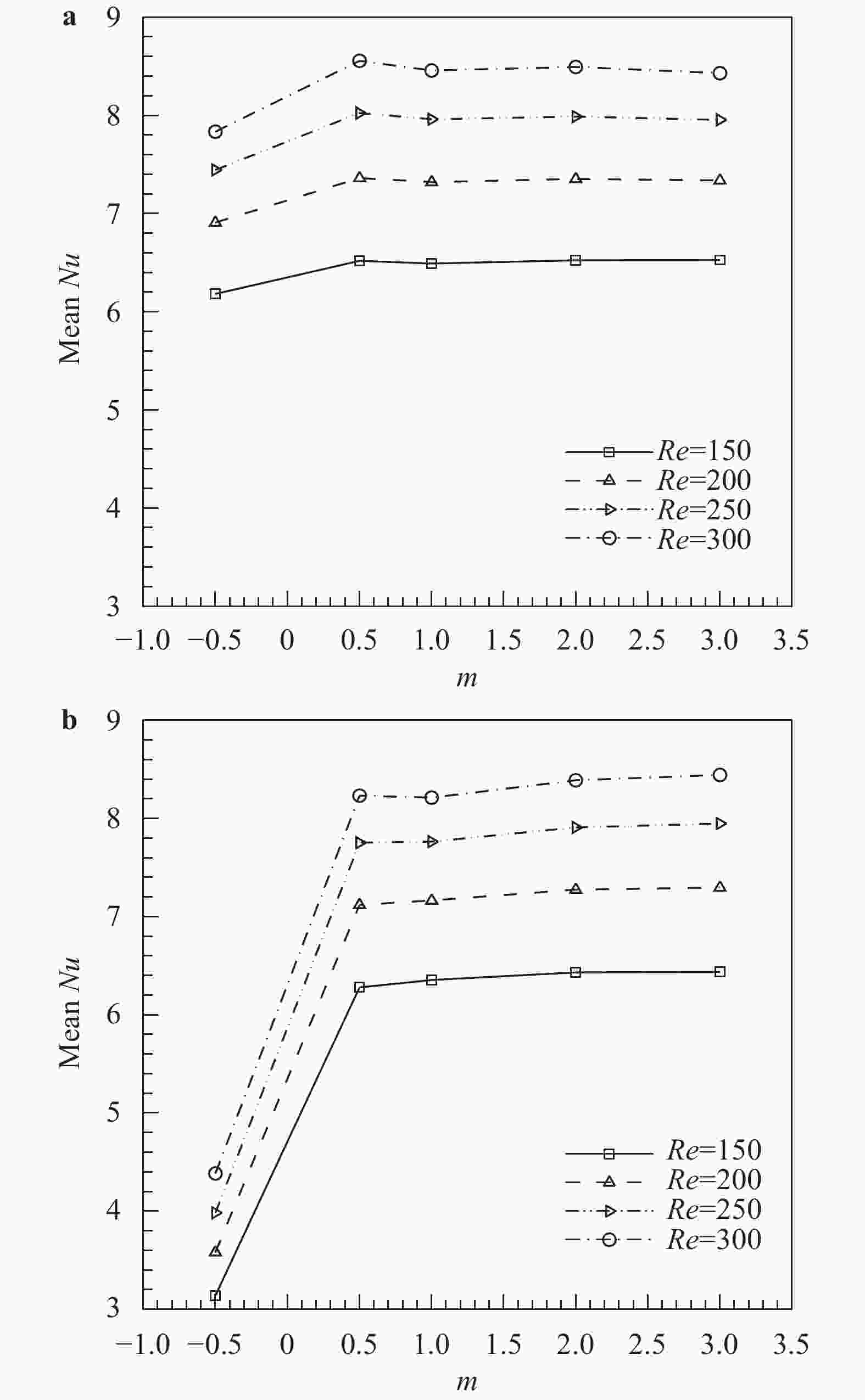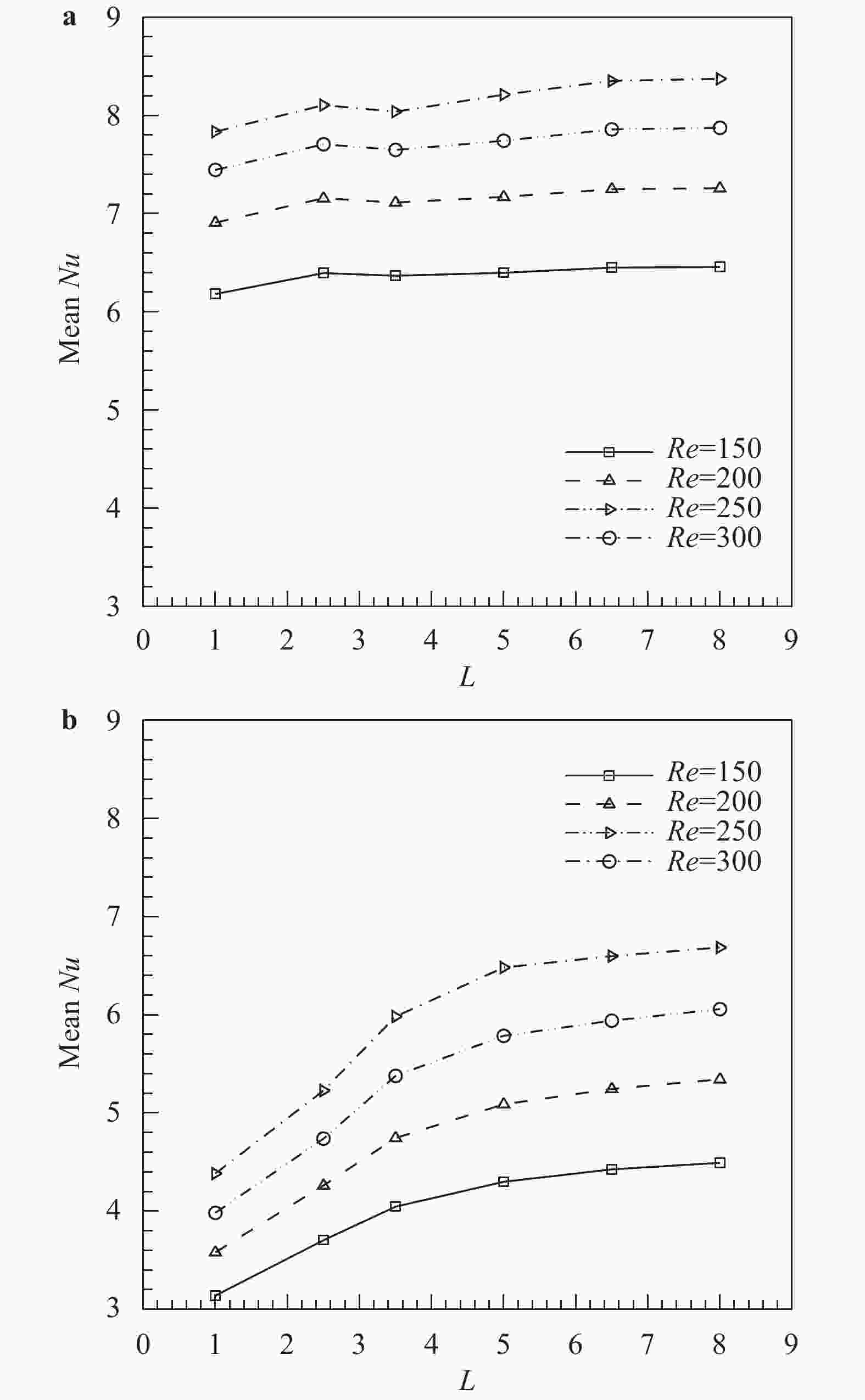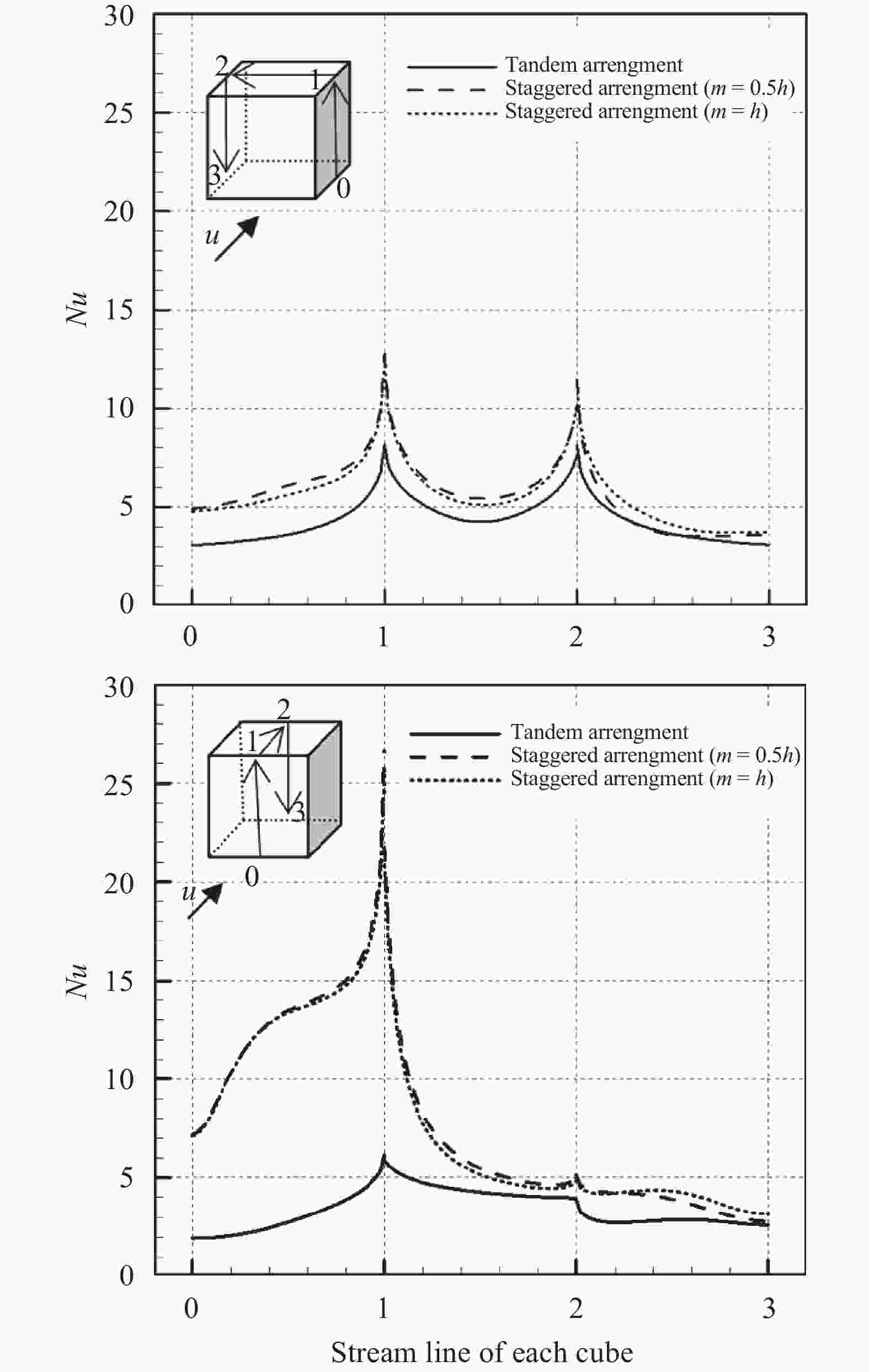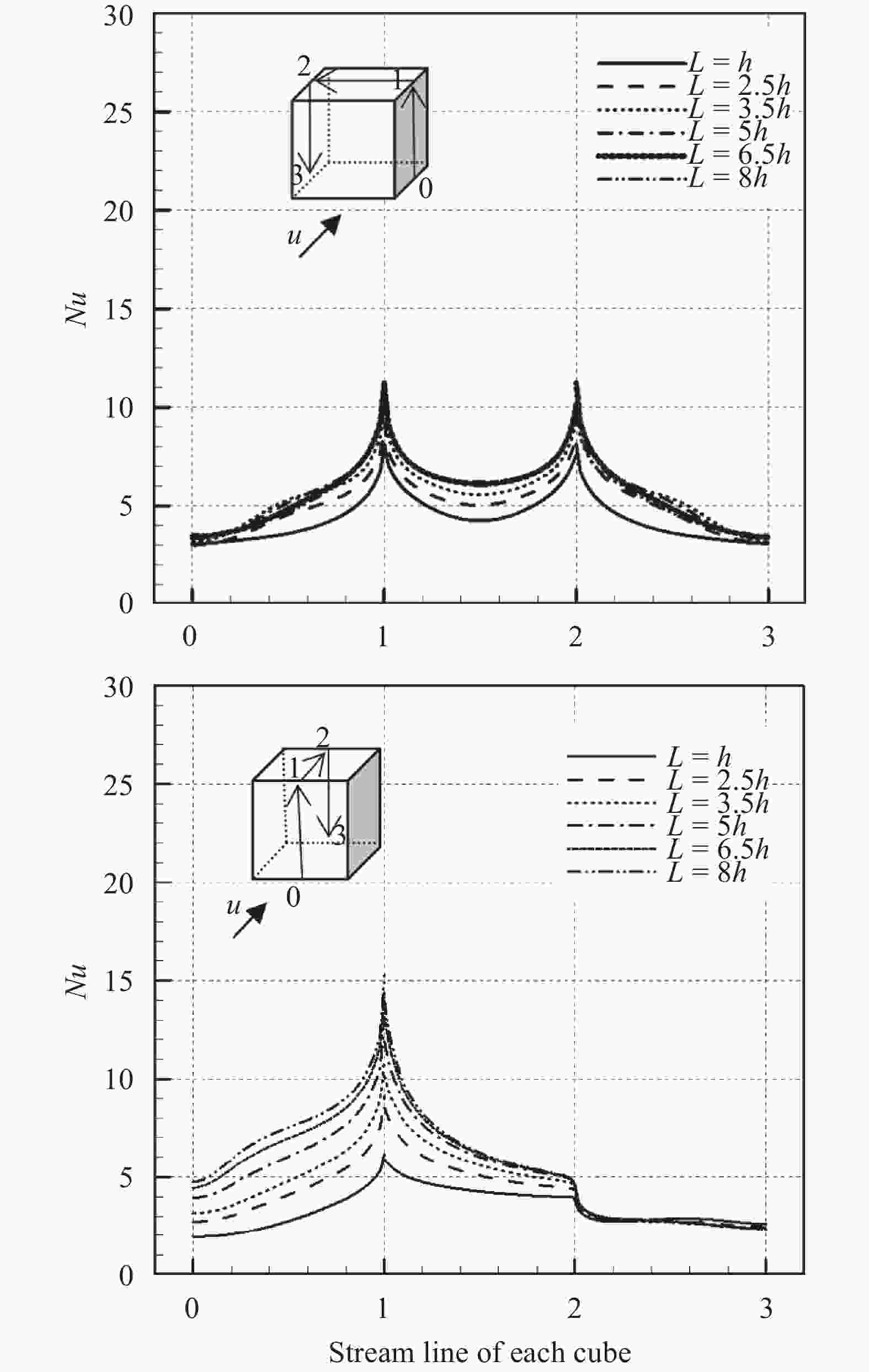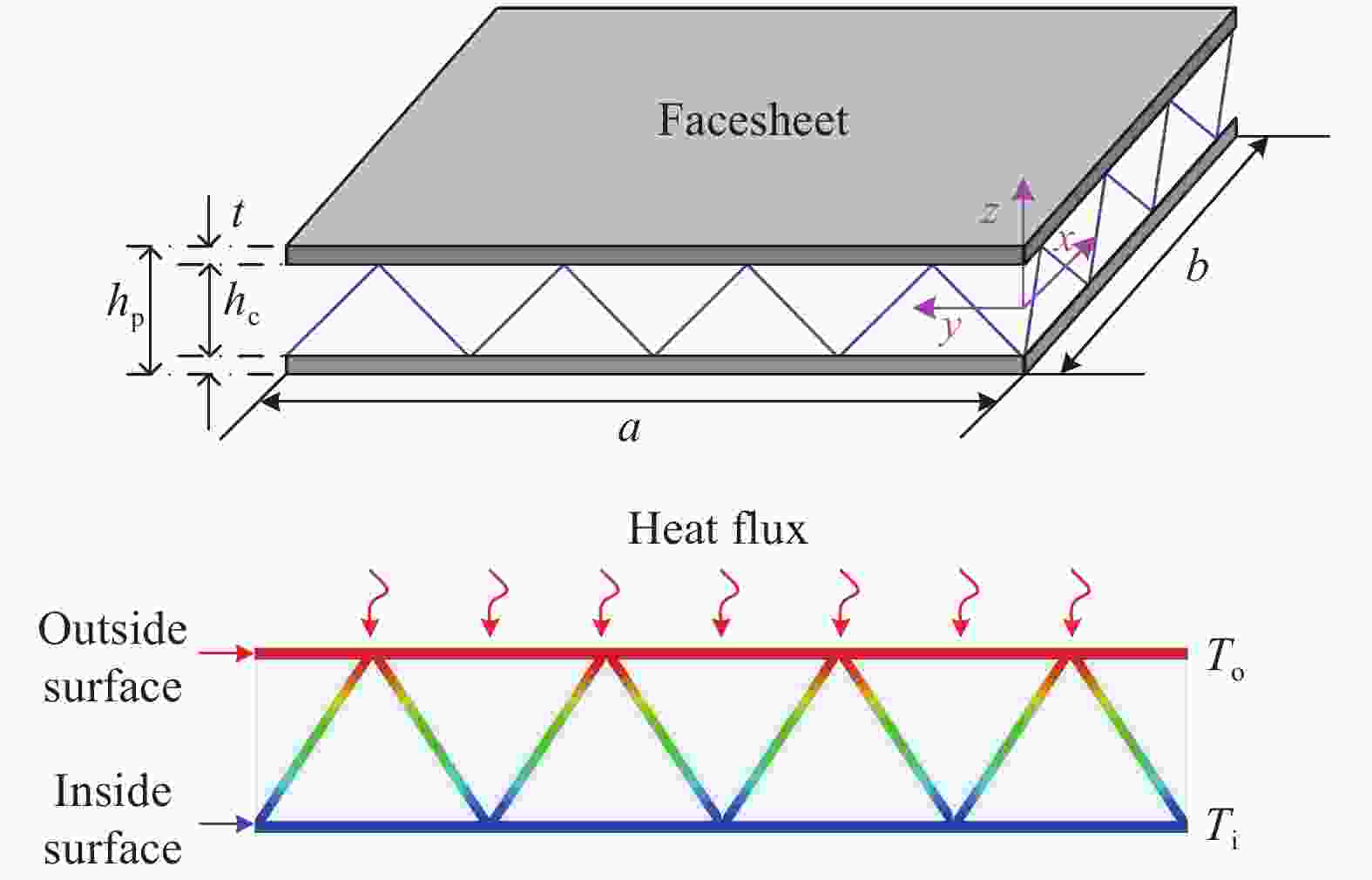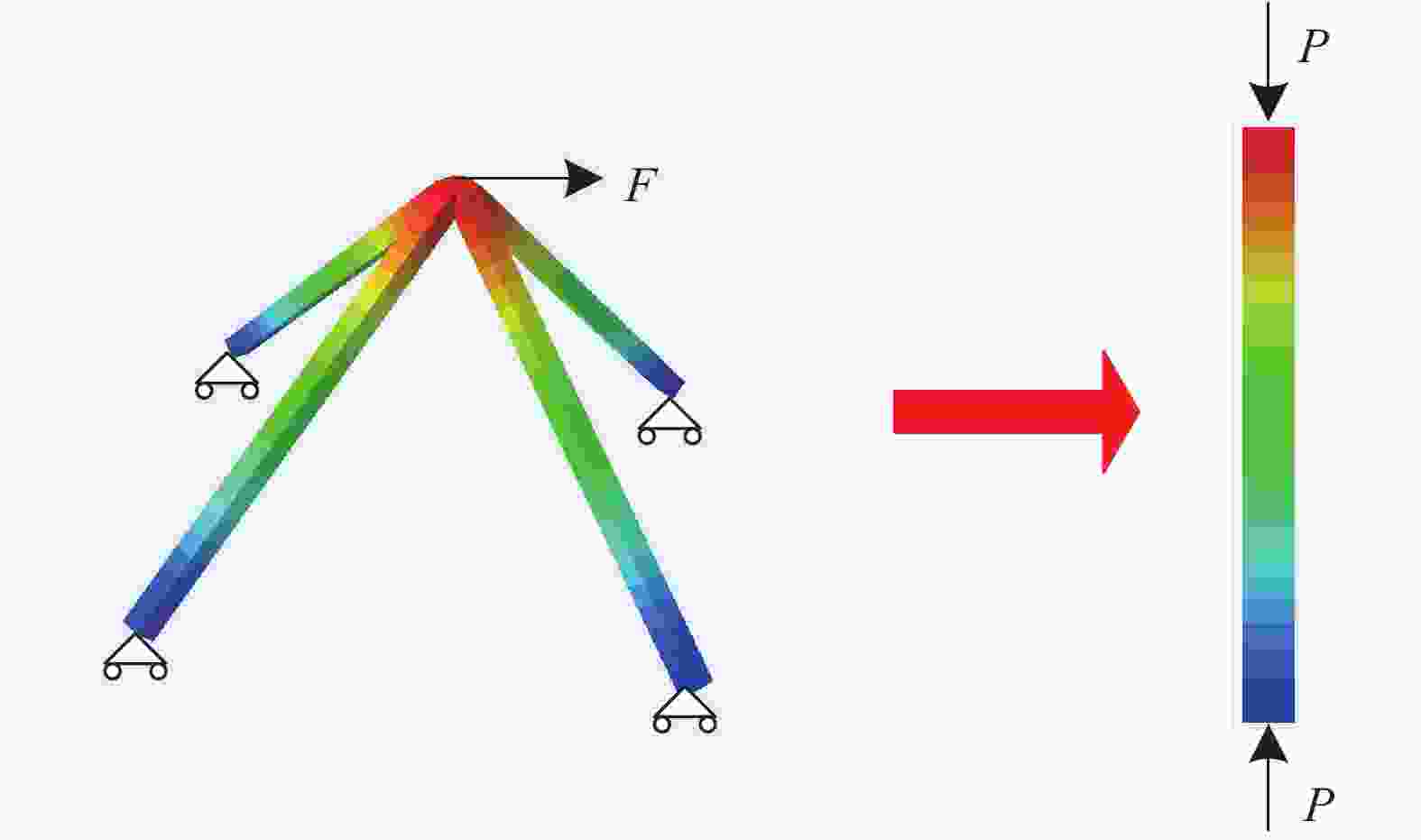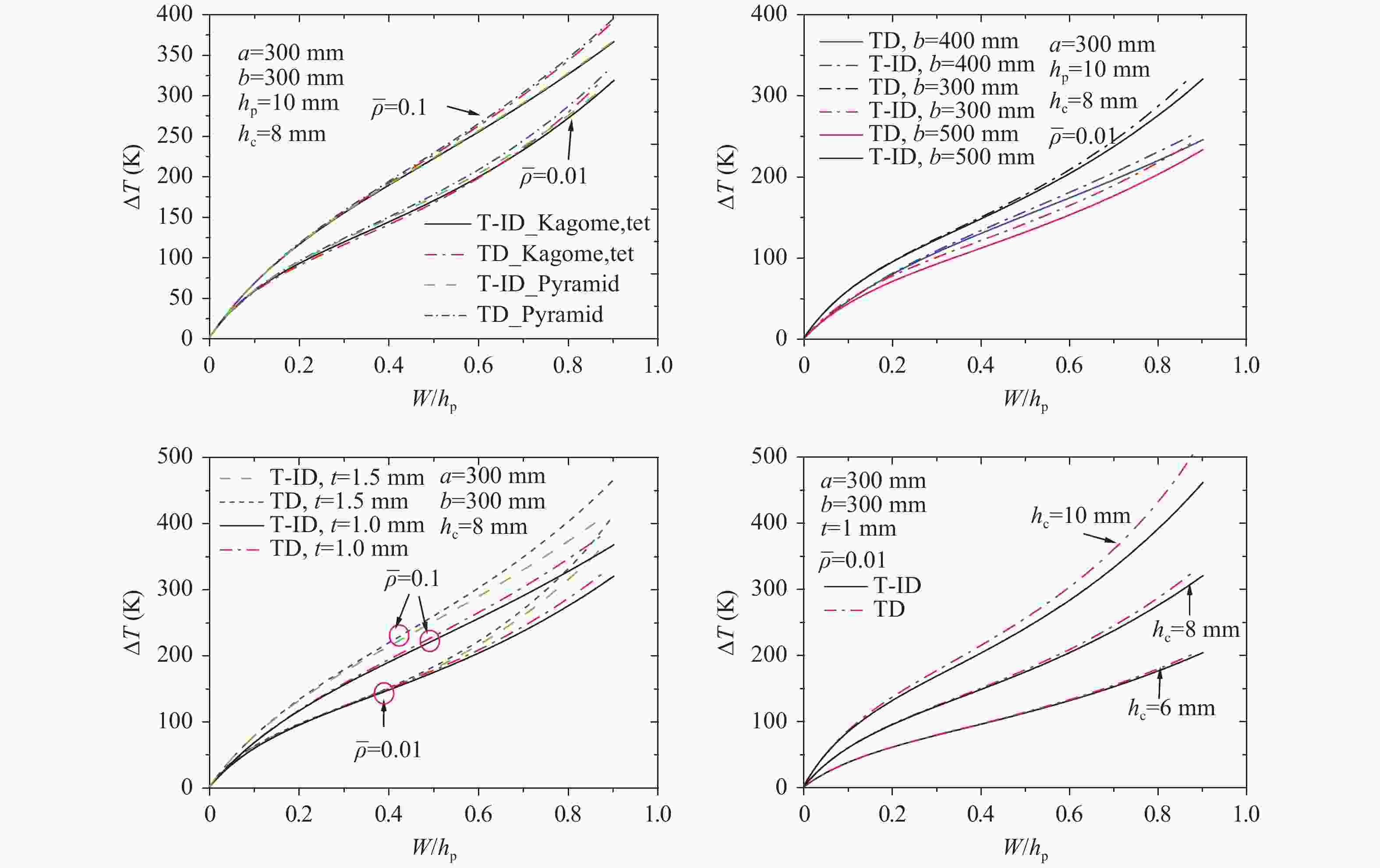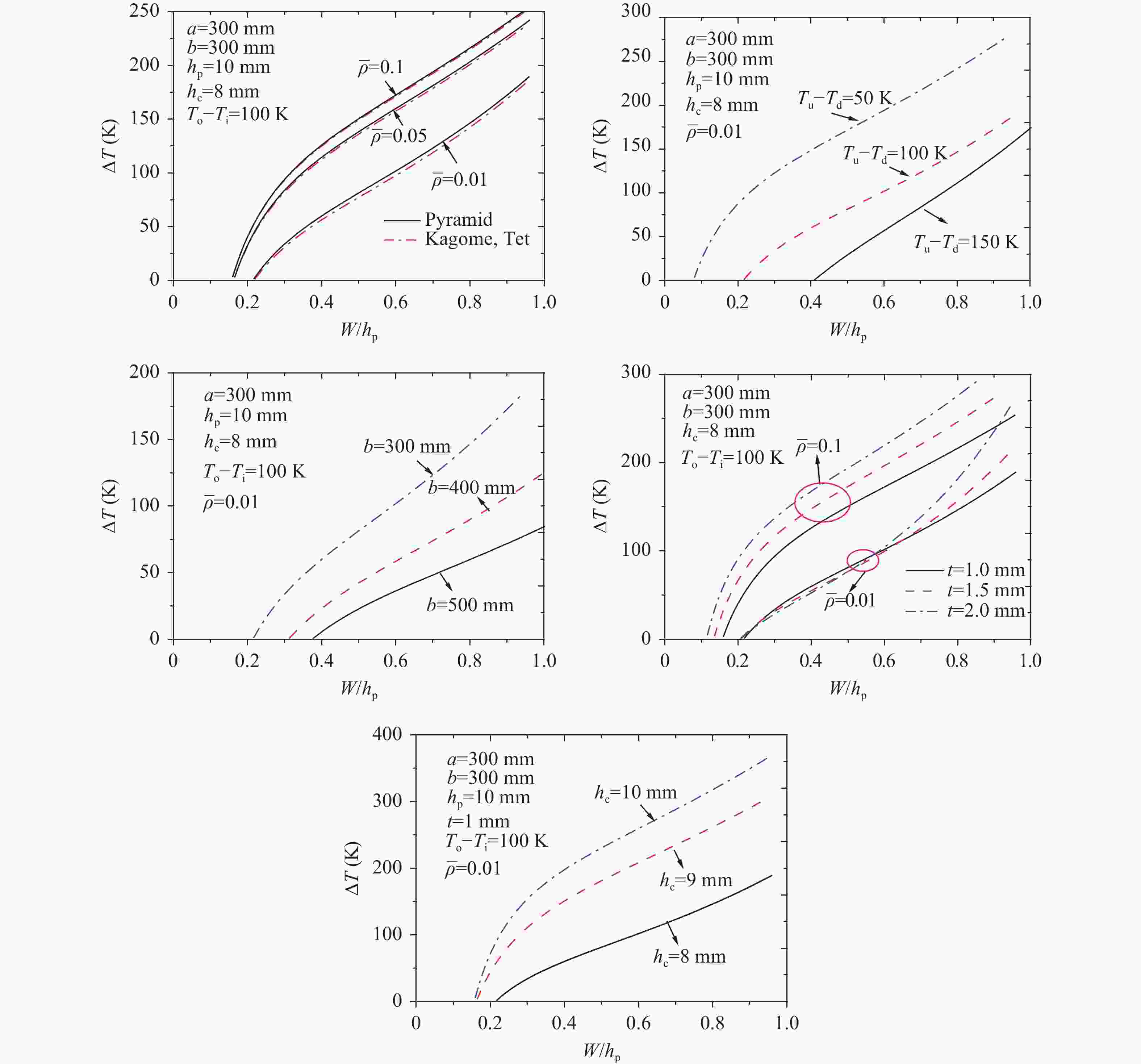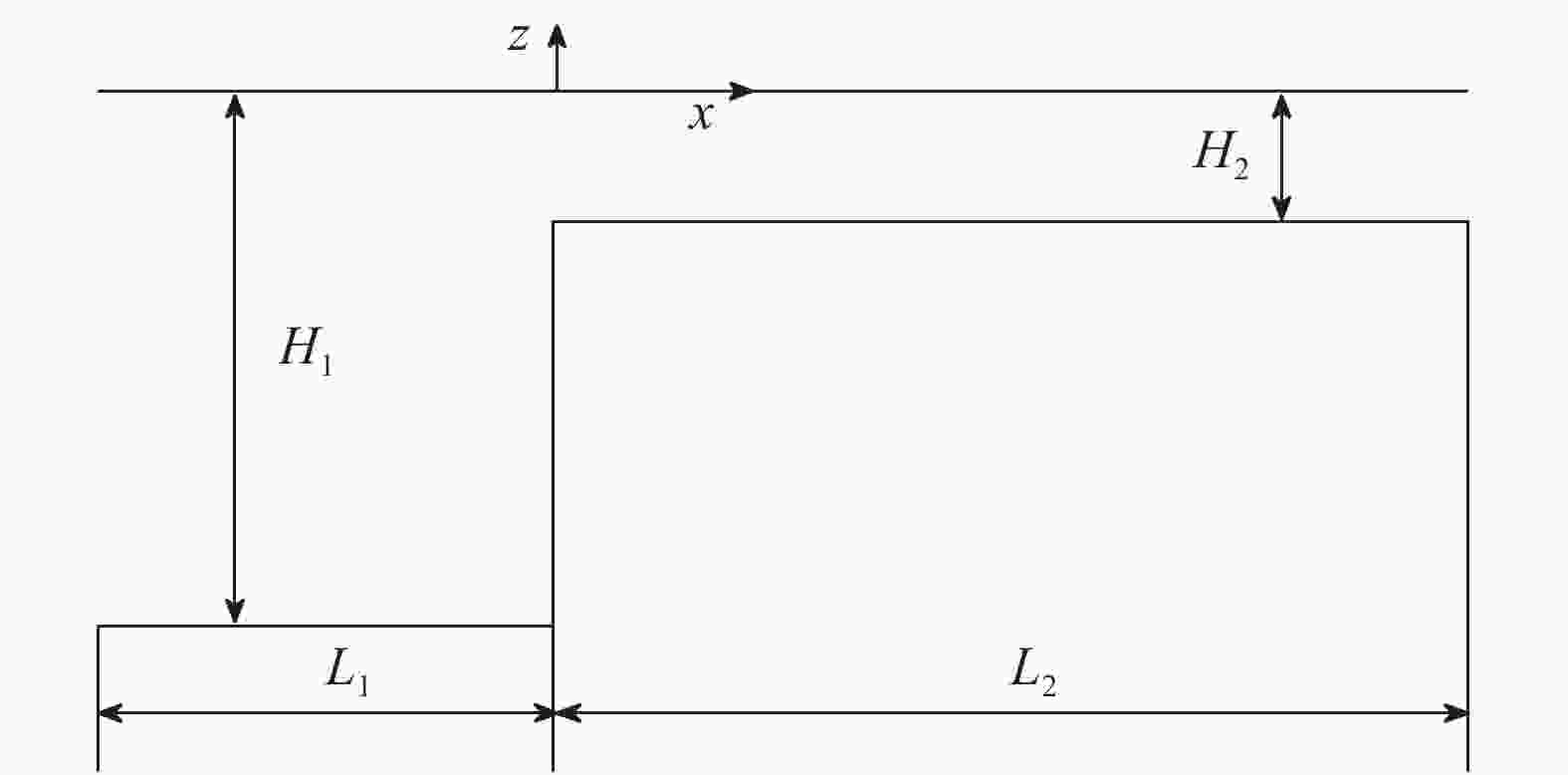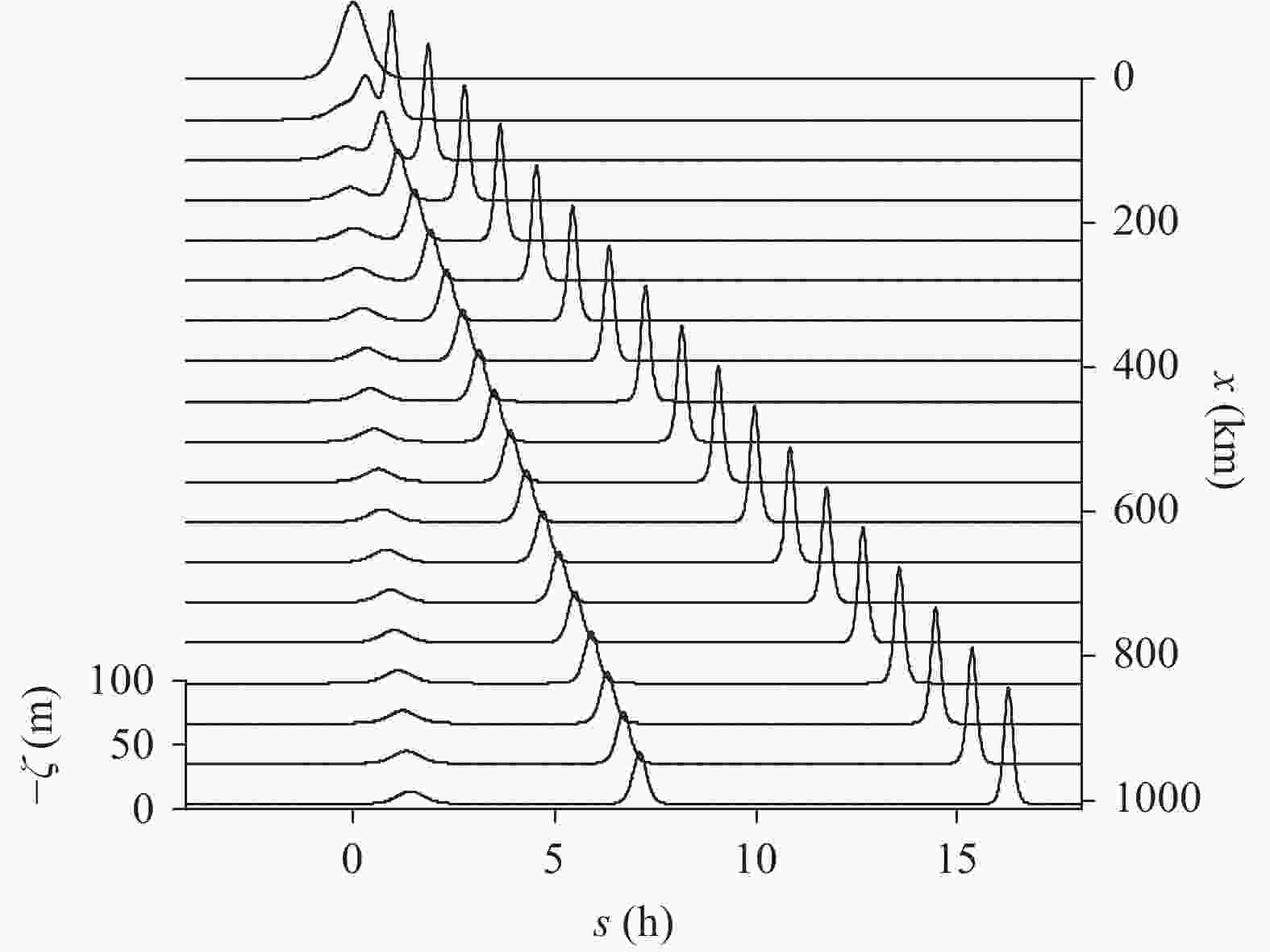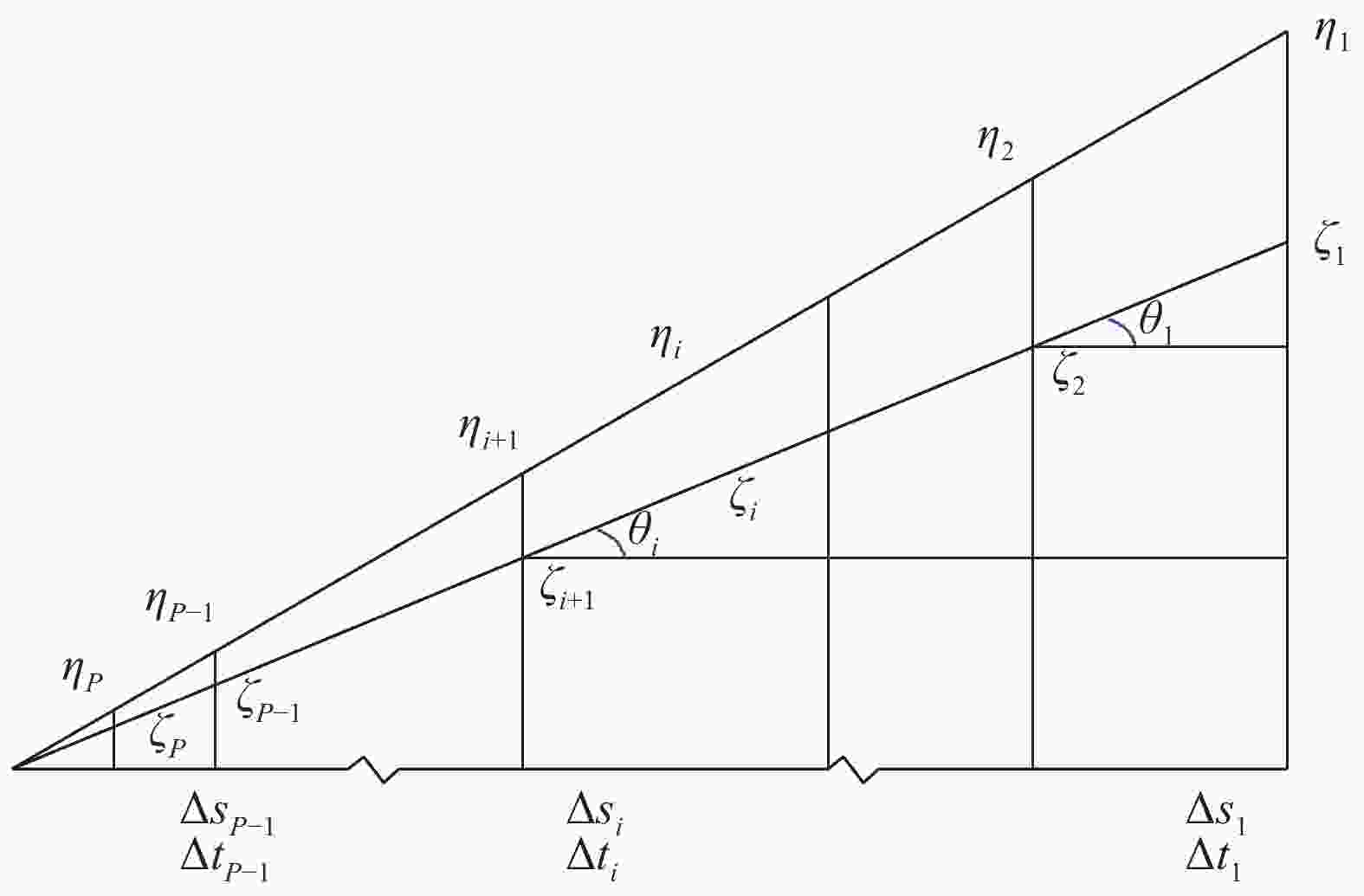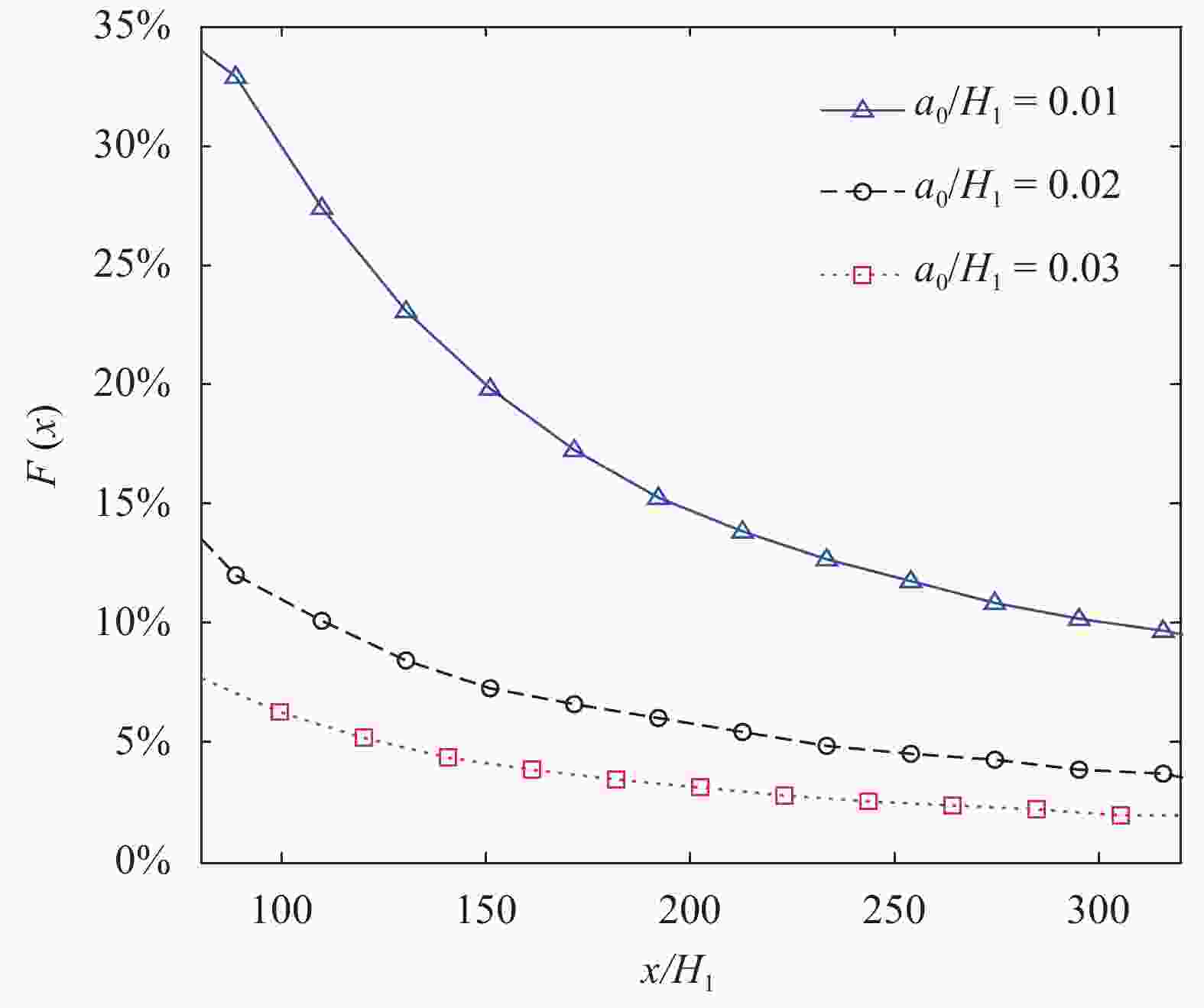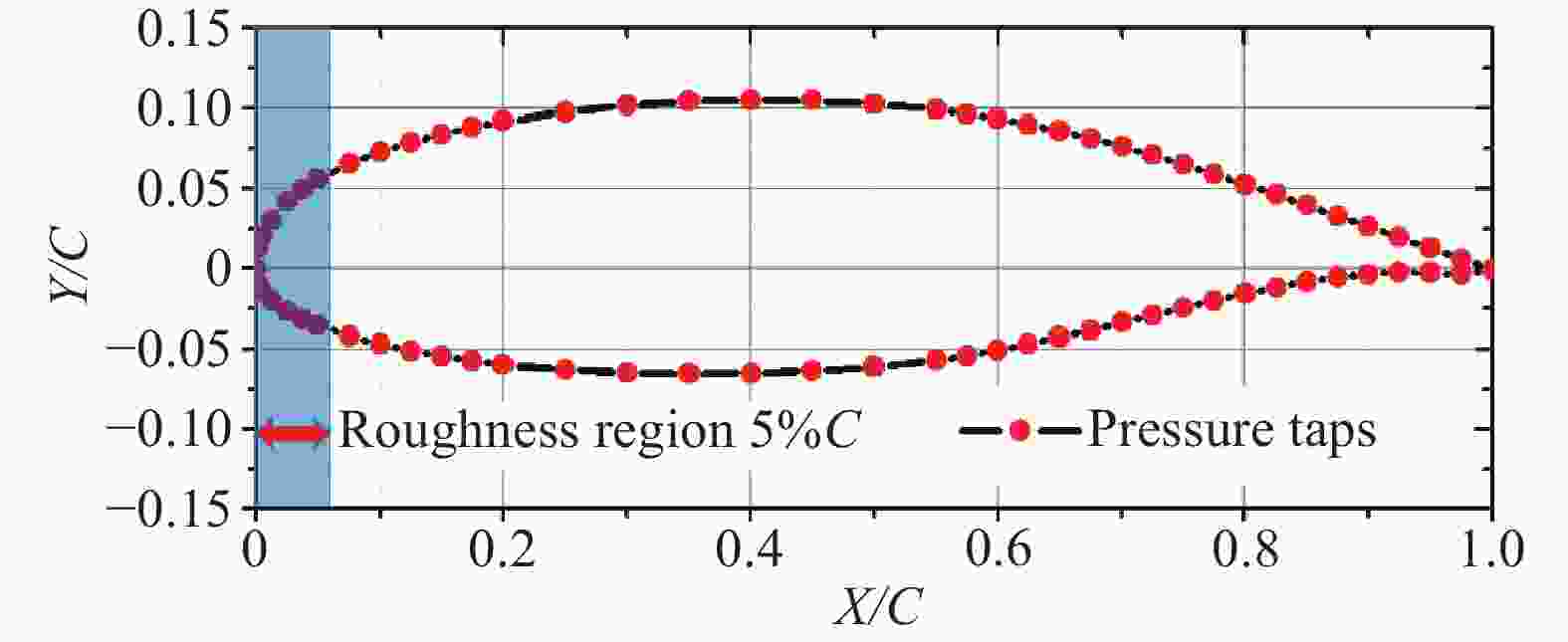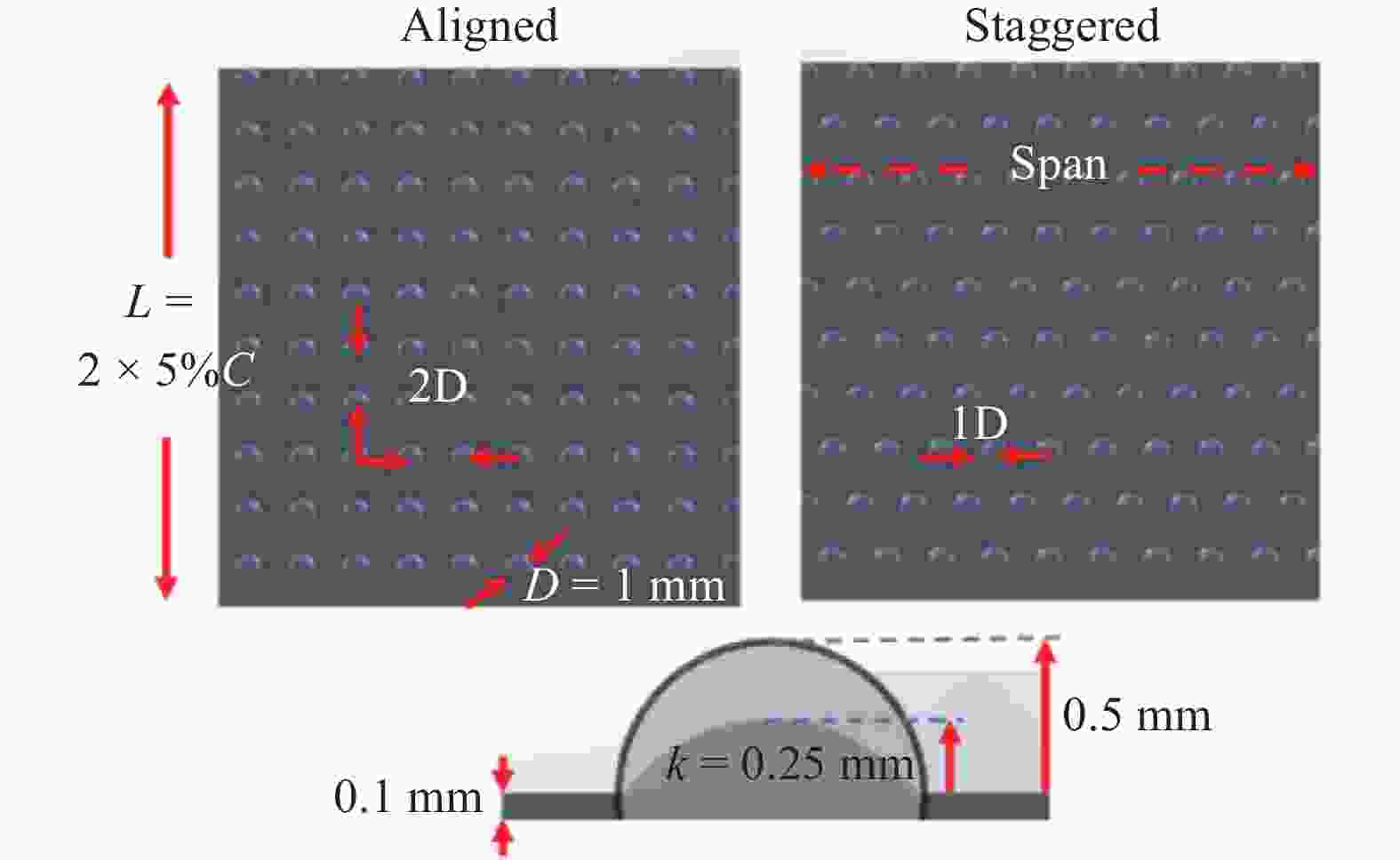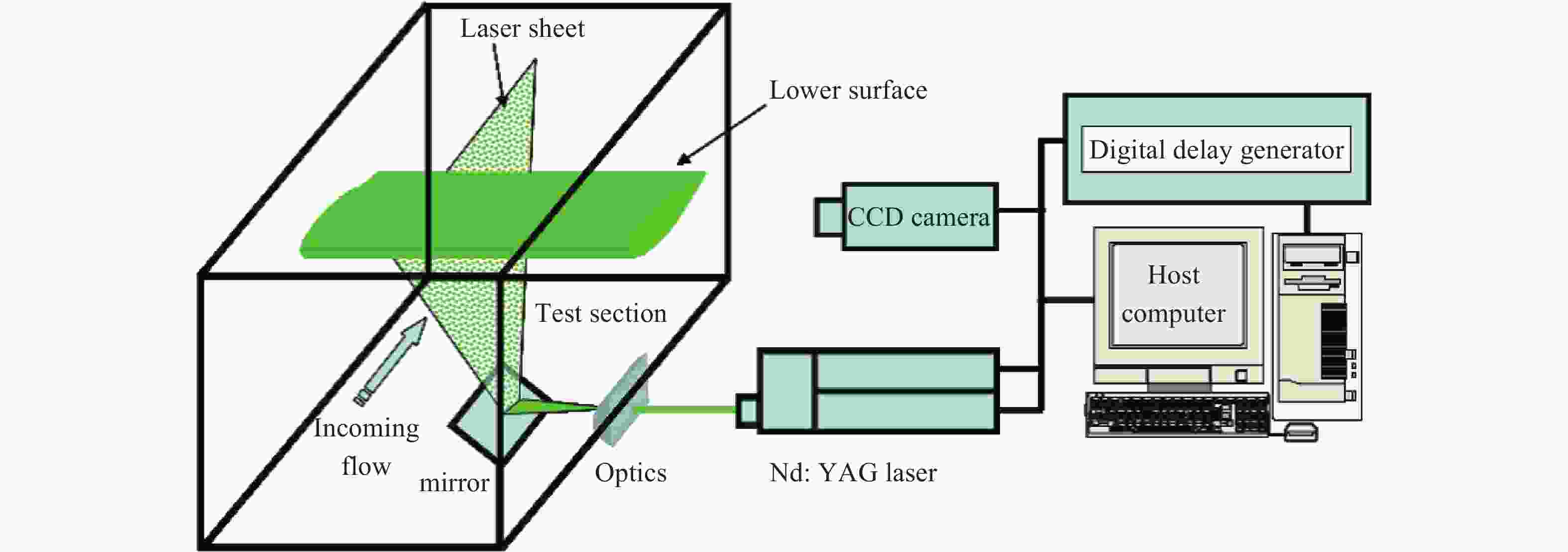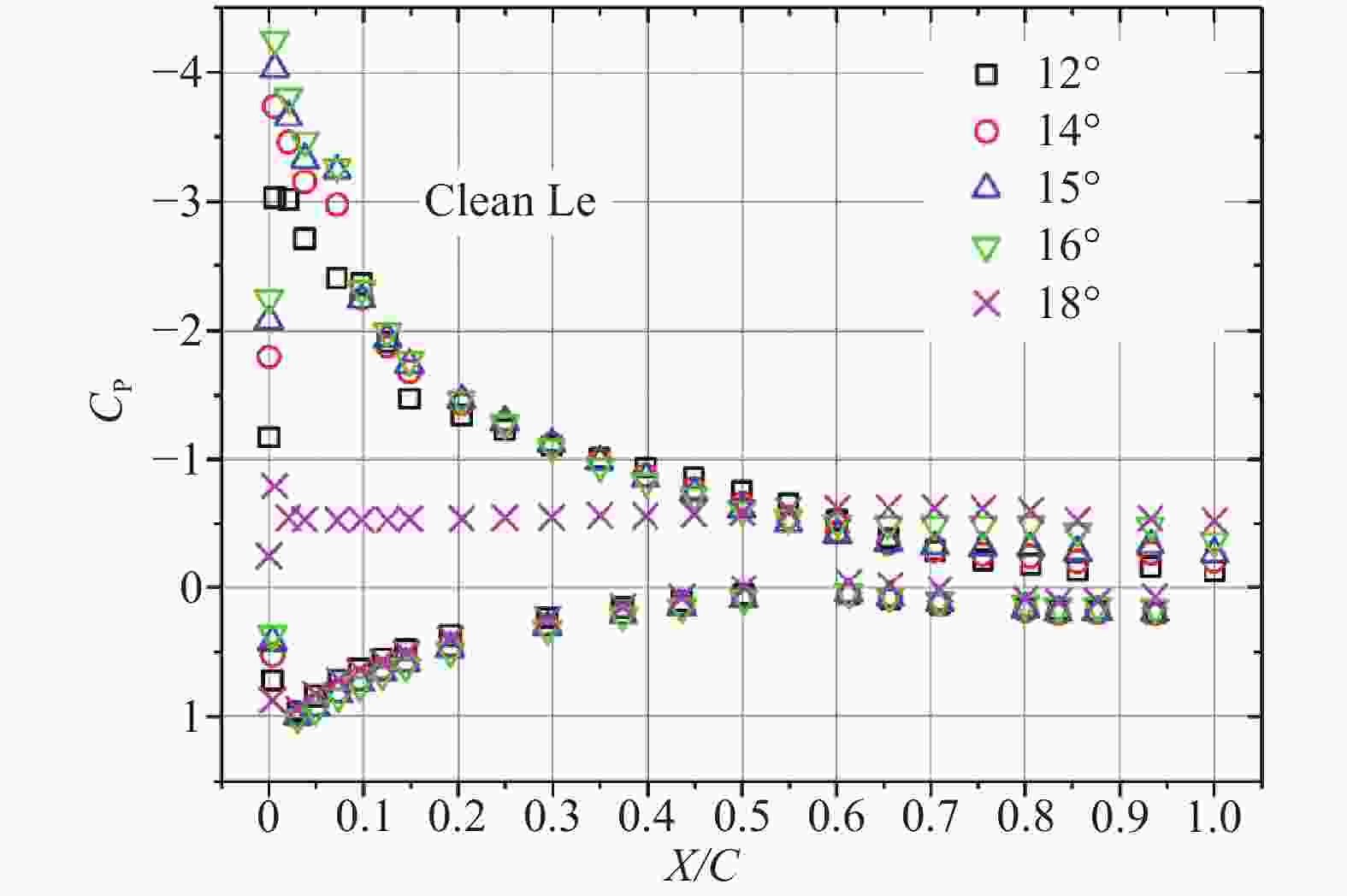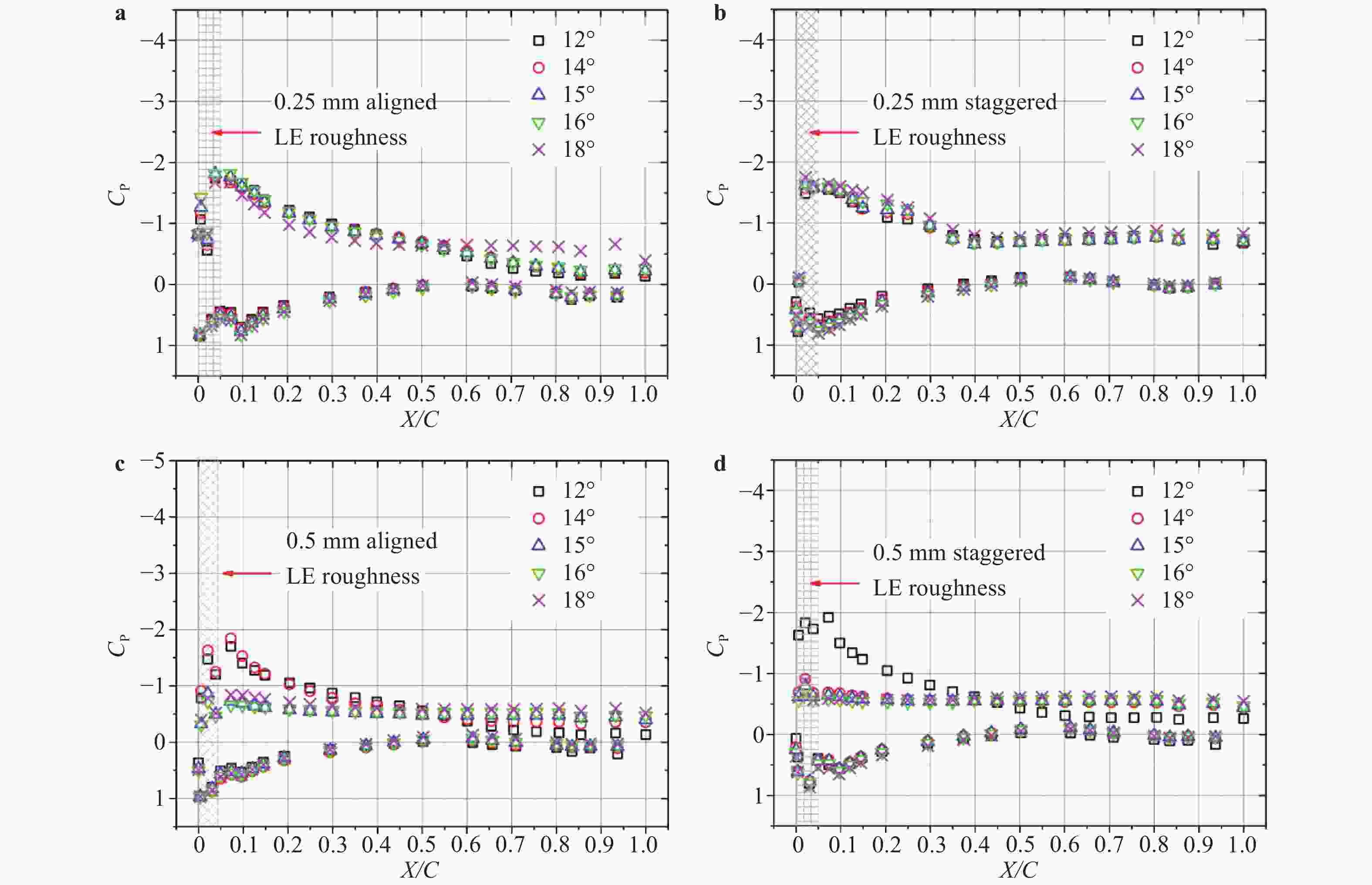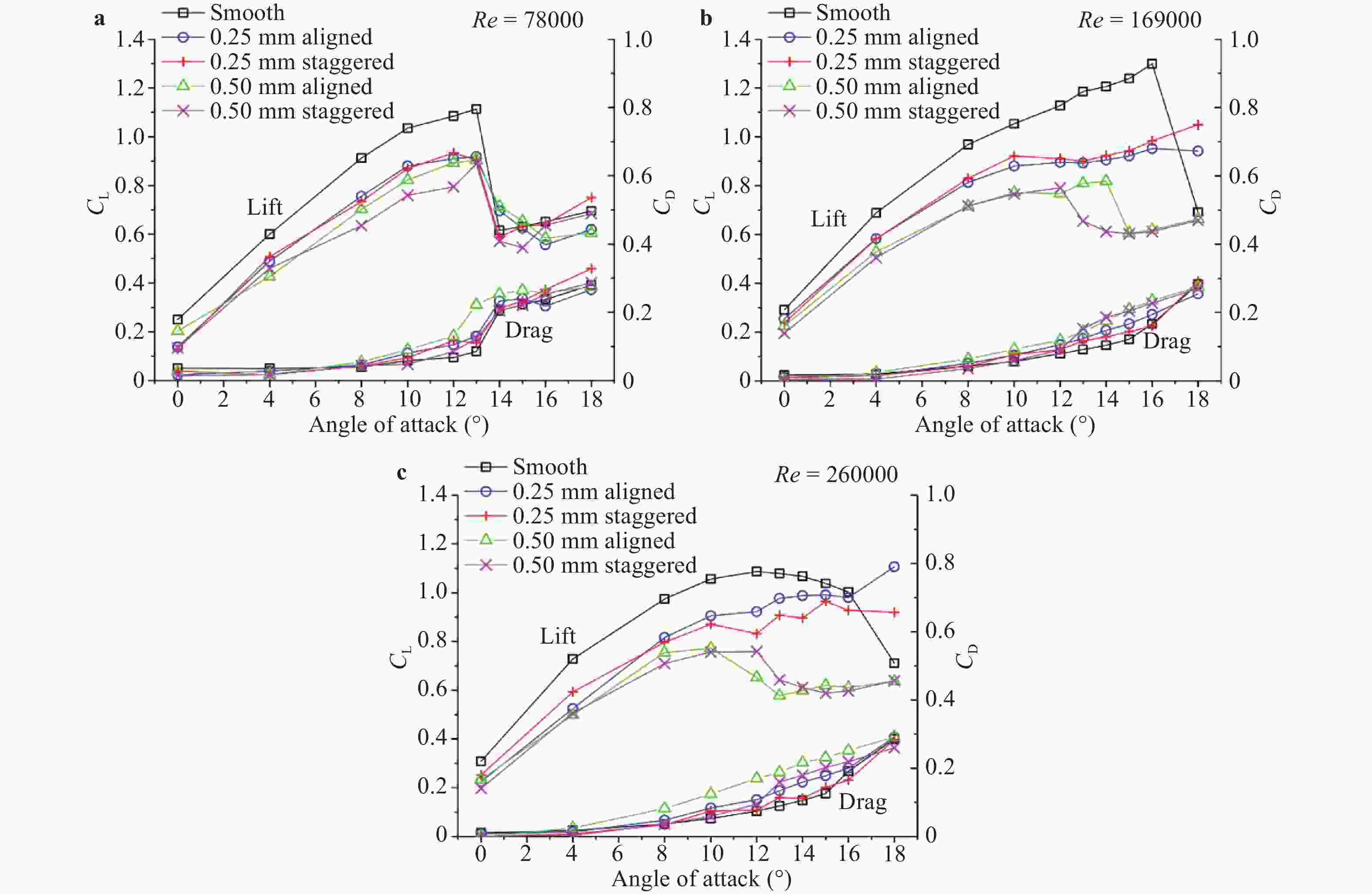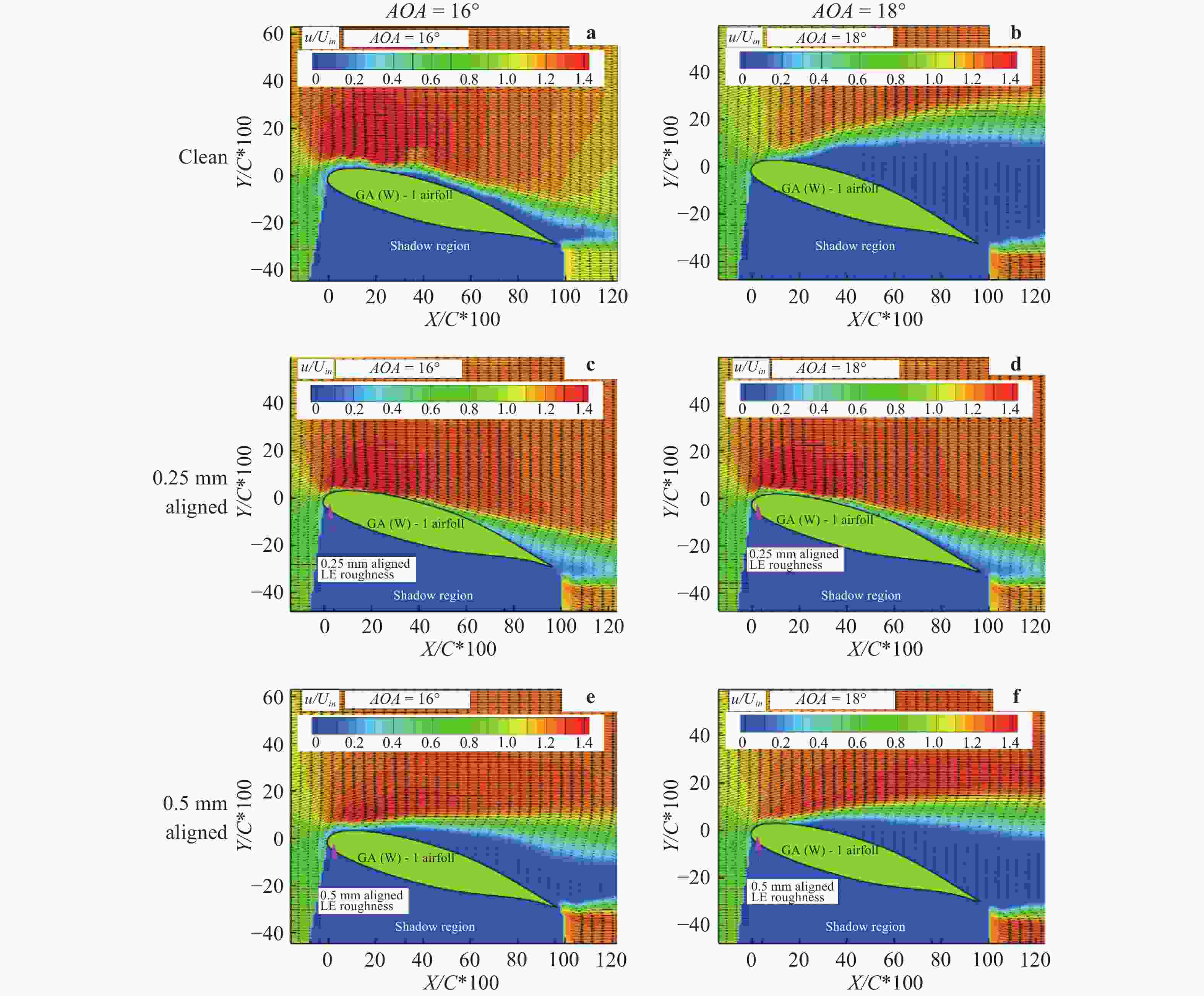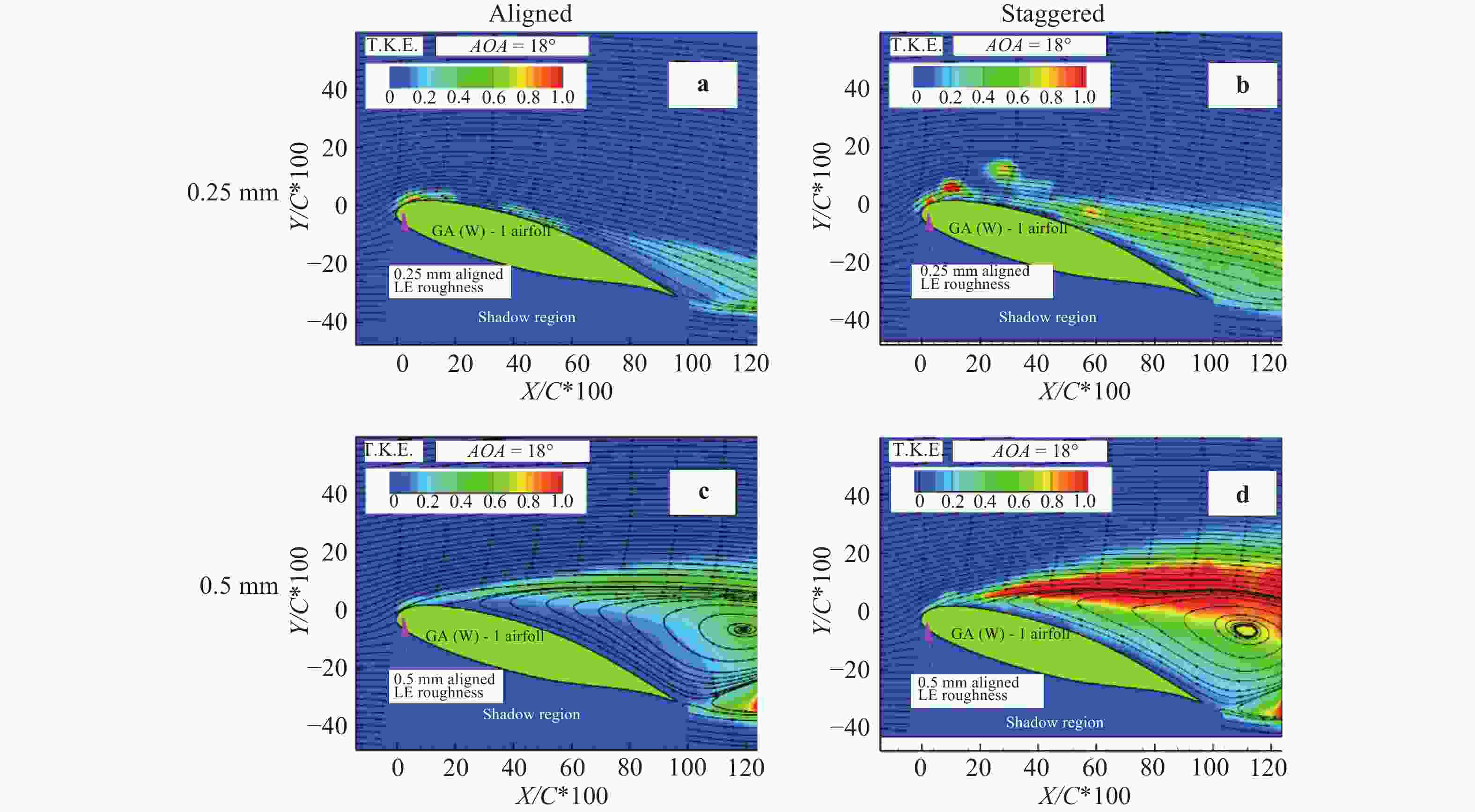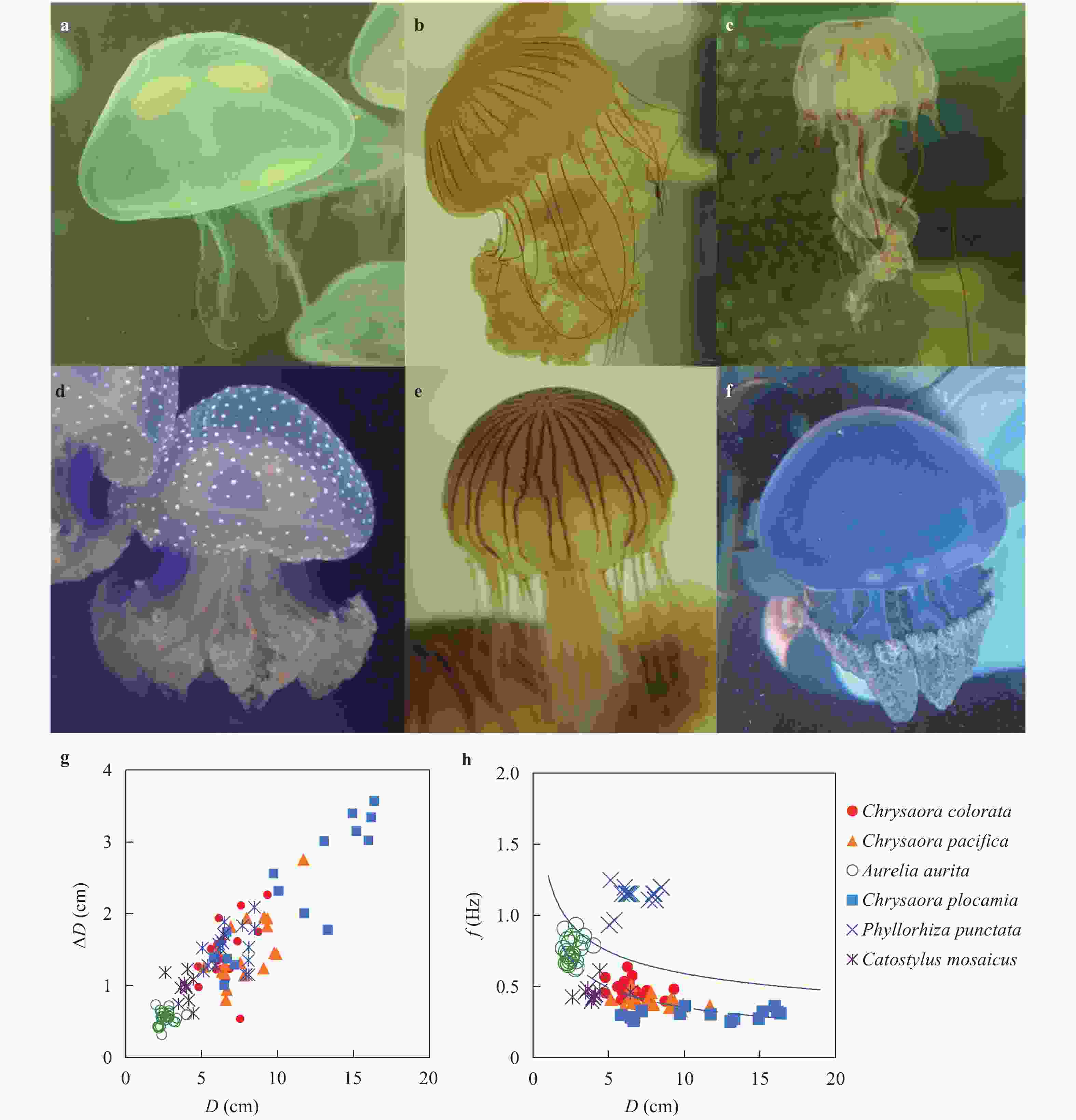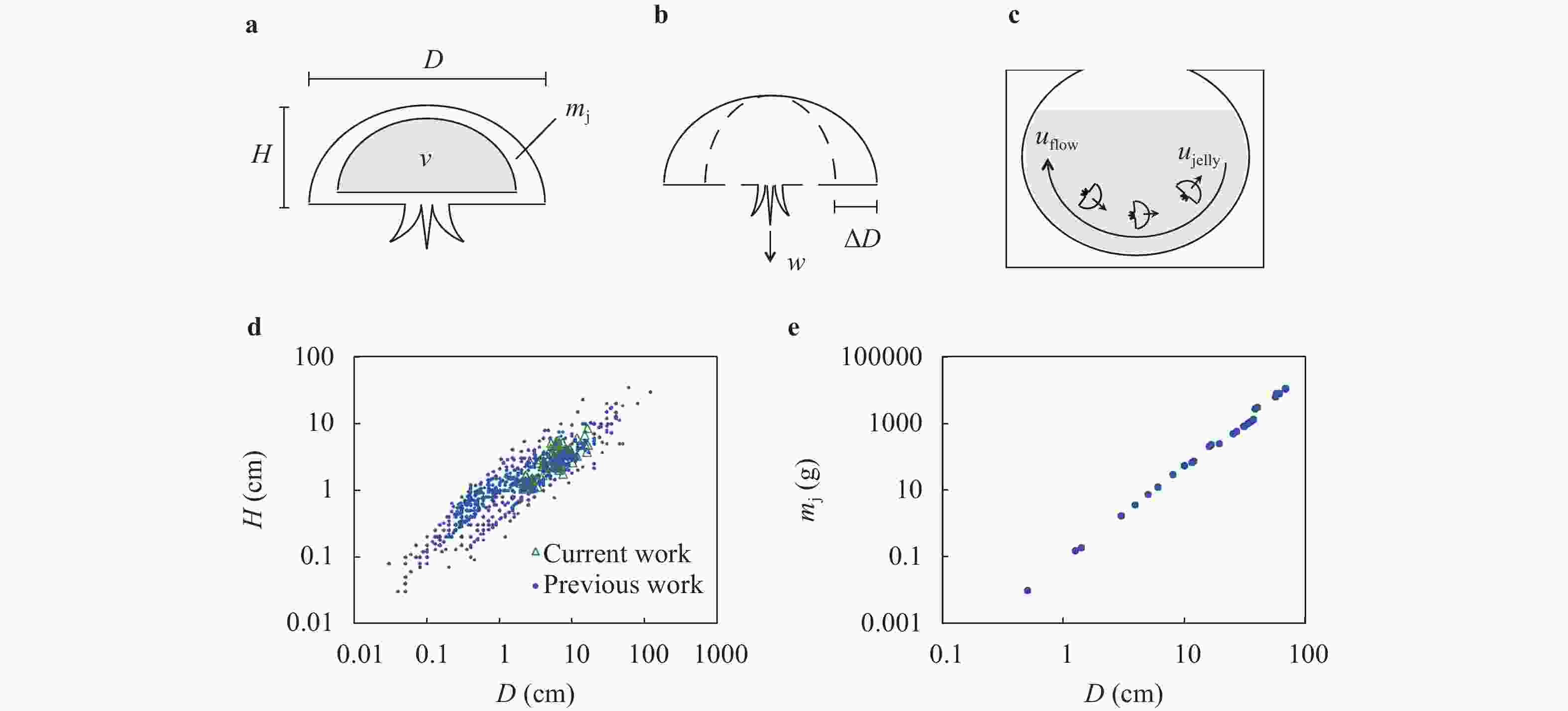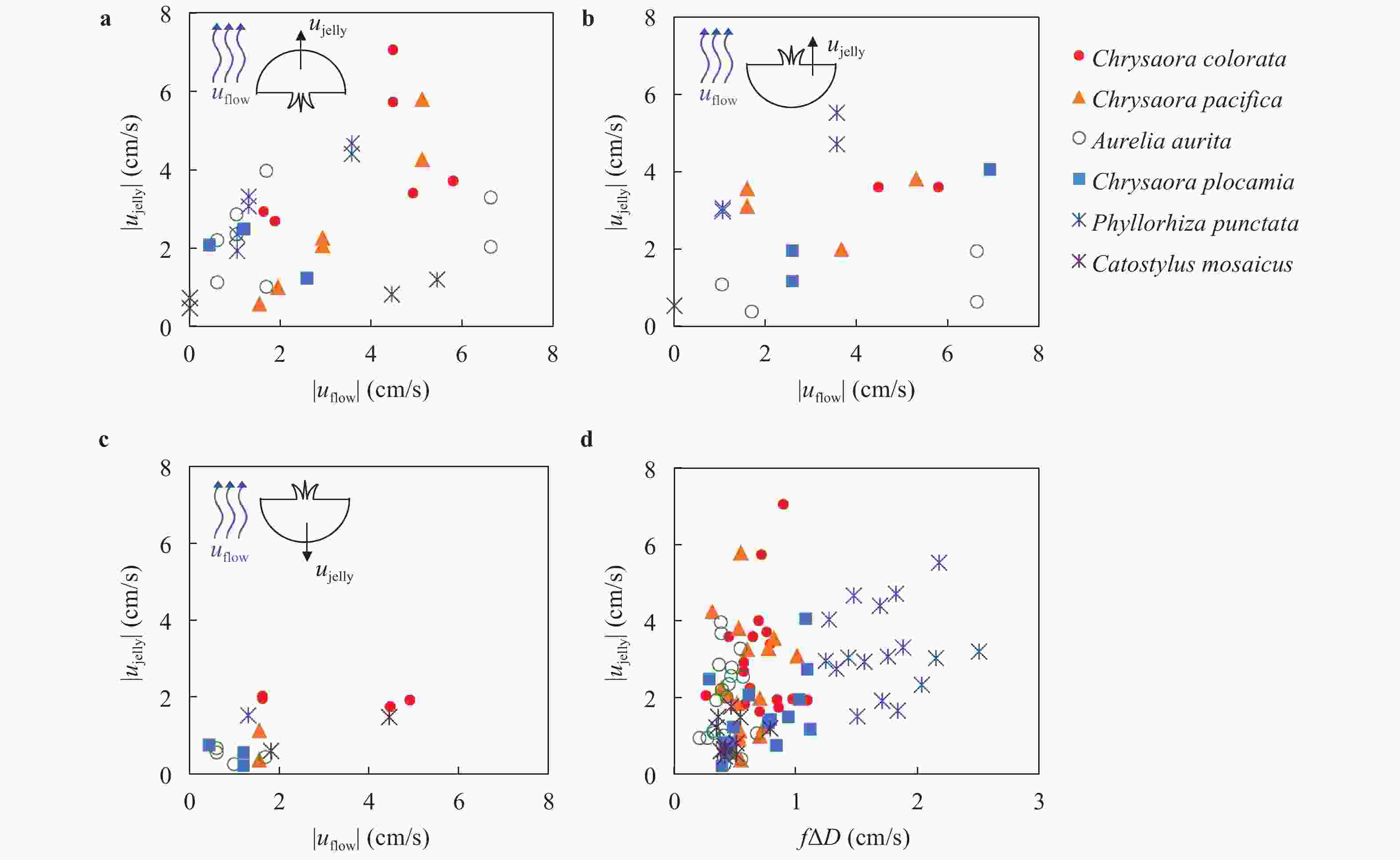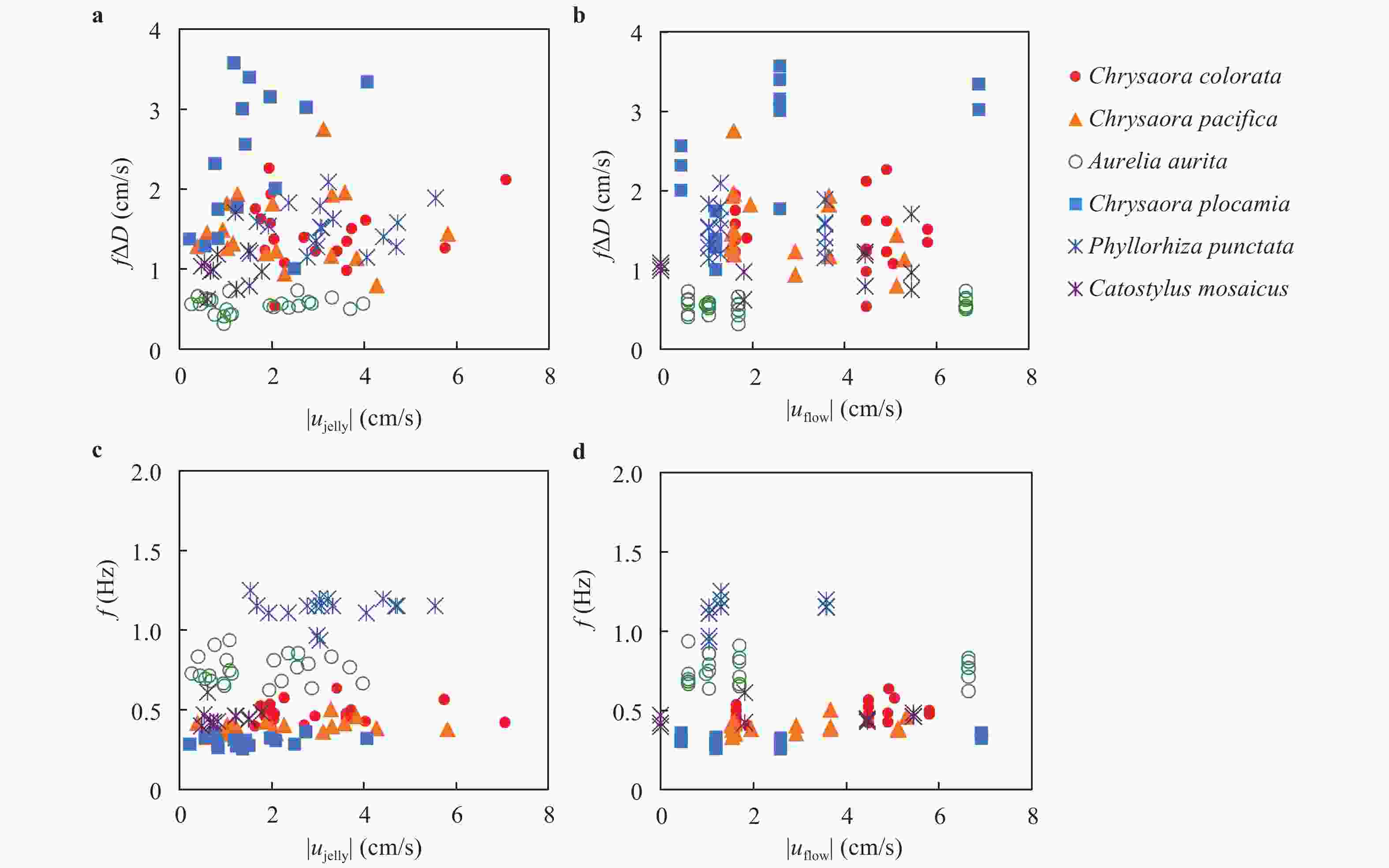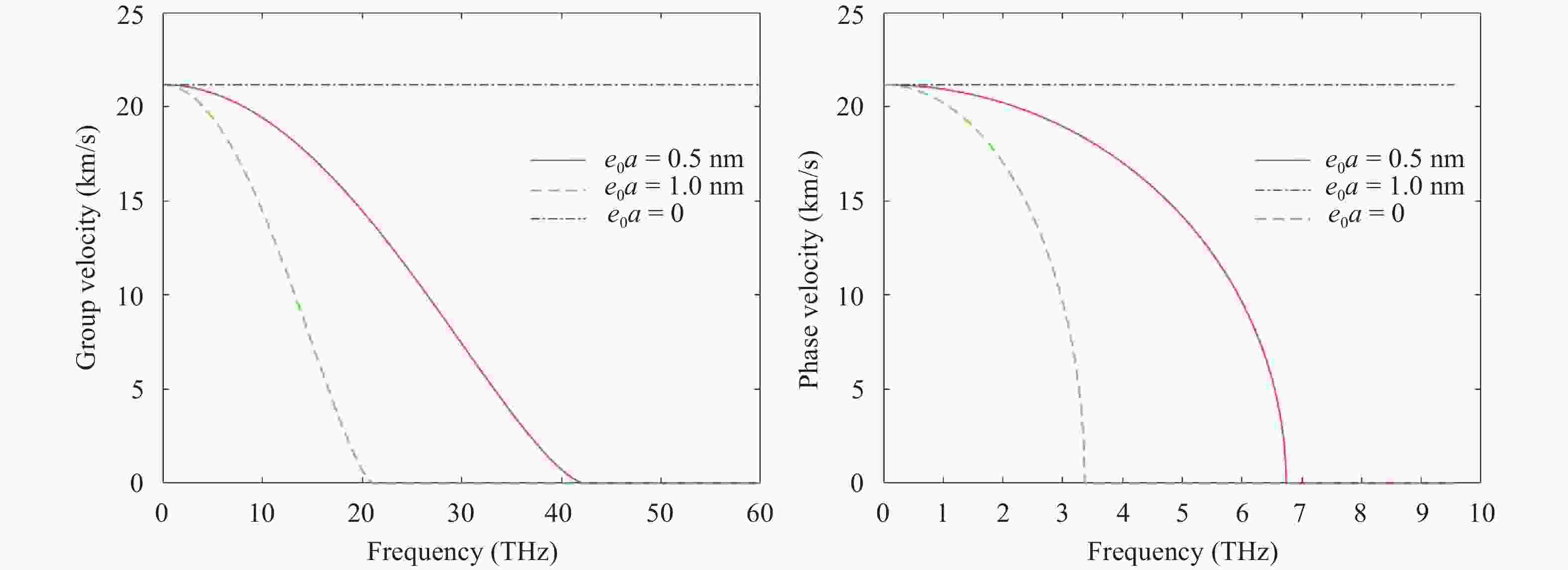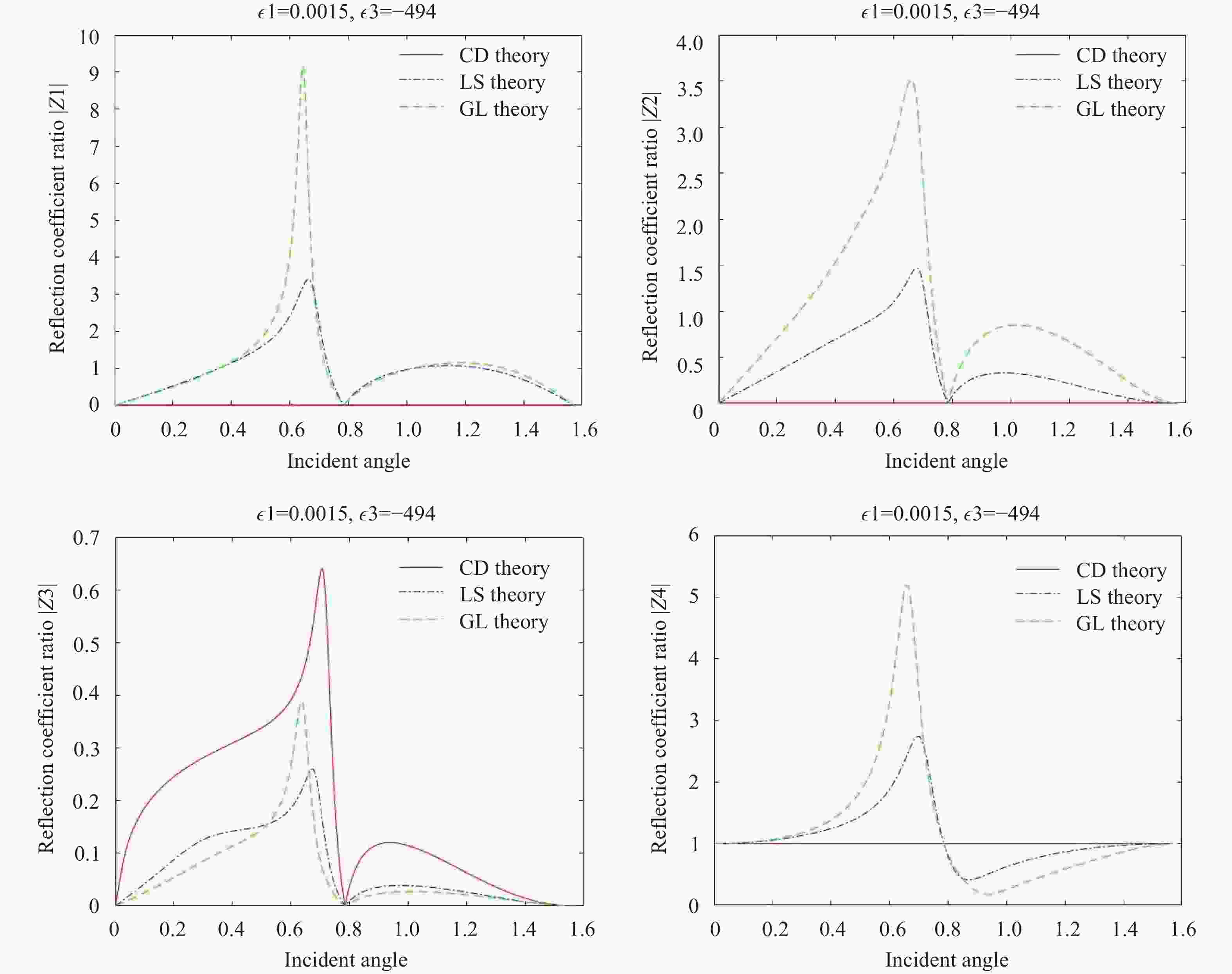Institute of Mechanics,
Chinese Academy of Sciences
2018 Vol.8(3)
column
Display Mode: |
Theoretical and Applied Mechanics Letters 2018, 8(3): i-iv.
Abstract:
Theoretical and Applied Mechanics Letters 2018, 8(3): 143-146.
doi: 10.1016/j.taml.2018.03.006
Abstract:
We review the previous attempts of rational subgrid-scale (SGS) modelling by employing the Kolmogorov equation of filtered quantities. Aiming at explaining and solving the underlying problems in these models, we also introduce the recent methodological investigations for the rational SGS modelling technique by defining the terms of assumption and restriction. These methodological works are expected to provide instructive criterions for not only the rational SGS modelling, but also other types of SGS modelling practices.
We review the previous attempts of rational subgrid-scale (SGS) modelling by employing the Kolmogorov equation of filtered quantities. Aiming at explaining and solving the underlying problems in these models, we also introduce the recent methodological investigations for the rational SGS modelling technique by defining the terms of assumption and restriction. These methodological works are expected to provide instructive criterions for not only the rational SGS modelling, but also other types of SGS modelling practices.
Theoretical and Applied Mechanics Letters 2018, 8(3): 153-159.
doi: 10.1016/j.taml.2018.03.002
Abstract:
Storm surge along the China's Zhe-Min coast is addressed using the tightly coupled surge model of ADCIRC+SWAN. In this study, we primarily focus on the effects of surge-tide interaction and wave set-up/set-down. And the influences of intensity and landing moment of tropical cyclone (TC) are also presented. The results show that: water elevation without considering tide-surge interaction tends to be underestimated/overestimated when TC lands during astronomical low/high tide; tide-surge coupling effect is more pronounced north of TC track (more than 0.7 m in our cases); irrelevant to TC's intensity, wave set-up south of TC track is negligible because the depth-related wave breaking doesn't occur in water body blown towards open seas.
Storm surge along the China's Zhe-Min coast is addressed using the tightly coupled surge model of ADCIRC+SWAN. In this study, we primarily focus on the effects of surge-tide interaction and wave set-up/set-down. And the influences of intensity and landing moment of tropical cyclone (TC) are also presented. The results show that: water elevation without considering tide-surge interaction tends to be underestimated/overestimated when TC lands during astronomical low/high tide; tide-surge coupling effect is more pronounced north of TC track (more than 0.7 m in our cases); irrelevant to TC's intensity, wave set-up south of TC track is negligible because the depth-related wave breaking doesn't occur in water body blown towards open seas.
Theoretical and Applied Mechanics Letters 2018, 8(3): 164-170.
doi: 10.1016/j.taml.2018.03.004
Abstract:
A thermal magnification device is proposed by using effective thermal conductivity. Different from transformation optics method, the magnification design is realized analytically by enforcing equality of effective thermal conductivity on the magnification device and the reference case in specified domains. The validity of theoretical analysis is checked by numerical simulation results, which demonstrates the magnifying effects of the proposed design. The device only needs isotropic and homogeneous materials that are easy to obtain in nature. It is also shown that the obtained magnifying conditions are the same as those derived by separation of variables. But the proposed method proves more flexible for multilayered materials and simpler for non-spherical objects under non-uniform thermal fields. It can also be extended to other fields and applications governed by Laplace equation.
A thermal magnification device is proposed by using effective thermal conductivity. Different from transformation optics method, the magnification design is realized analytically by enforcing equality of effective thermal conductivity on the magnification device and the reference case in specified domains. The validity of theoretical analysis is checked by numerical simulation results, which demonstrates the magnifying effects of the proposed design. The device only needs isotropic and homogeneous materials that are easy to obtain in nature. It is also shown that the obtained magnifying conditions are the same as those derived by separation of variables. But the proposed method proves more flexible for multilayered materials and simpler for non-spherical objects under non-uniform thermal fields. It can also be extended to other fields and applications governed by Laplace equation.
Theoretical and Applied Mechanics Letters 2018, 8(3): 171-183.
doi: 10.1016/j.taml.2018.03.005
Abstract:
In this study, laminar convective heat transfer over two heated wall-mounted cubes is investigated. Two cubes, which are under constant heat flux, are placed in different tandem and staggered arrangements on a base plate. This problem is studied for different streamwise and spanwise distances between two cubes in different Renolds number (Re), by using finite-volume method. Effects of these parameters are considered on flow and heat transfer characteristics. The results show that the temperature distribution is strongly dependent on flow structure and varies with any change of flow pattern in different arrangements of cubes. In addition, it is observed that the drag coefficient, which is influenced more by pressure forces, in staggered arrangement, is greater than tandem arrangement. Results show that by increasing the spanwise distance the amount of mean Nusselt number (Nu) of Cube 2 becomes the same as Cube 1.
In this study, laminar convective heat transfer over two heated wall-mounted cubes is investigated. Two cubes, which are under constant heat flux, are placed in different tandem and staggered arrangements on a base plate. This problem is studied for different streamwise and spanwise distances between two cubes in different Renolds number (Re), by using finite-volume method. Effects of these parameters are considered on flow and heat transfer characteristics. The results show that the temperature distribution is strongly dependent on flow structure and varies with any change of flow pattern in different arrangements of cubes. In addition, it is observed that the drag coefficient, which is influenced more by pressure forces, in staggered arrangement, is greater than tandem arrangement. Results show that by increasing the spanwise distance the amount of mean Nusselt number (Nu) of Cube 2 becomes the same as Cube 1.
Theoretical and Applied Mechanics Letters 2018, 8(3): 184-192.
doi: 10.1016/j.taml.2018.03.007
Abstract:
A theoretical analysis is presented to predict the nonlinear thermo-structural response of metallic sandwich panels with truss cores under through-thickness gradient temperature field, which is a common service condition for metallic thermal protection system (TPS). The in-plane temperature distribution is assumed to be uniform, and through-thickness temperature field is determined by heat conduction. Two typical conditions are analyzed: nonlinear thermal bending in fixed inside surface temperature, and thermal post-buckling in fixed temperature difference between two surfaces. Temperature-dependent mechanical properties are considered, and gradient shear stiffness and bending stiffness due to non-uniform temperature is included. Results indicate that the temperature-dependent material properties obviously affect bending resistance; however, the effect is negligible on post-buckling behavior. Influences of geometric parameters on the thermo-structural behavior of the sandwich panel according to the present theoretical model are discussed.
A theoretical analysis is presented to predict the nonlinear thermo-structural response of metallic sandwich panels with truss cores under through-thickness gradient temperature field, which is a common service condition for metallic thermal protection system (TPS). The in-plane temperature distribution is assumed to be uniform, and through-thickness temperature field is determined by heat conduction. Two typical conditions are analyzed: nonlinear thermal bending in fixed inside surface temperature, and thermal post-buckling in fixed temperature difference between two surfaces. Temperature-dependent mechanical properties are considered, and gradient shear stiffness and bending stiffness due to non-uniform temperature is included. Results indicate that the temperature-dependent material properties obviously affect bending resistance; however, the effect is negligible on post-buckling behavior. Influences of geometric parameters on the thermo-structural behavior of the sandwich panel according to the present theoretical model are discussed.
Theoretical and Applied Mechanics Letters 2018, 8(3): 193-196.
doi: 10.1016/j.taml.2018.03.008
Abstract:
Fluid-structure-interaction (FSI) phenomenon is common in science and engineering. The fluid involved in an FSI problem may be non-Newtonian such as blood. A popular framework for FSI problems is Peskin’s immersed boundary (IB) method. However, most of the IB formulations are based on Newtonian fluids. In this letter, we report an extension of the IB framework to FSI involving Oldroyd-B and FENE-P fluids in three dimensions using the lattice Boltzmann approach. The new method is tested on two FSI model problems. Numerical experiments show that the method is conditionally stable and convergent with the first order of accuracy.
Fluid-structure-interaction (FSI) phenomenon is common in science and engineering. The fluid involved in an FSI problem may be non-Newtonian such as blood. A popular framework for FSI problems is Peskin’s immersed boundary (IB) method. However, most of the IB formulations are based on Newtonian fluids. In this letter, we report an extension of the IB framework to FSI involving Oldroyd-B and FENE-P fluids in three dimensions using the lattice Boltzmann approach. The new method is tested on two FSI model problems. Numerical experiments show that the method is conditionally stable and convergent with the first order of accuracy.
Theoretical and Applied Mechanics Letters 2018, 8(3): 197-200.
doi: 10.1016/j.taml.2018.03.009
Abstract:
Internal solitary waves have been found to disintegrate into a series of solitons over variable bathymetry, with important applications for offshore engineering. Considering realistic background stratification in the South China Sea, internal solitary waves propagating over a step are studied here. By assuming disintegrated solitons propagate independently, a theoretical model, namely a triangular temporal-distribution law based on the Korteweg–de Vries theory, is proposed to describe the fission process of internal solitary waves undergoing disintegration. A parameter is then introduced to quantify the accuracy of the theoretical model. The results indicate that the triangular law predicts the fission process better for a longer travelling distance and a larger amplitude of internal solitary waves.
Internal solitary waves have been found to disintegrate into a series of solitons over variable bathymetry, with important applications for offshore engineering. Considering realistic background stratification in the South China Sea, internal solitary waves propagating over a step are studied here. By assuming disintegrated solitons propagate independently, a theoretical model, namely a triangular temporal-distribution law based on the Korteweg–de Vries theory, is proposed to describe the fission process of internal solitary waves undergoing disintegration. A parameter is then introduced to quantify the accuracy of the theoretical model. The results indicate that the triangular law predicts the fission process better for a longer travelling distance and a larger amplitude of internal solitary waves.
Theoretical and Applied Mechanics Letters 2018, 8(3): 201-207.
doi: 10.1016/j.taml.2018.03.010
Abstract:
Distributed leading-edge (LE) roughness could have significant impact on the aerodynamic performance of a low-Reynolds-number (low-Re) airfoil, which has not yet been fully understood. In the present study, experiments were conducted to study the effects of distributed hemispherical roughness with different sizes and distribution patterns on the performance of a GA (W)-1 airfoil. Surface pressure and particle image velocimetry (PIV) measurements were performed under various incident angles and different Re numbers. Significant reduction in lift and increase in drag were found for all cases with the LE roughness applied. Compared with the distribution pattern, the roughness height was found to be a more significant factor in determining the lift reduction and altering stall behaviors. It is also found while the larger roughness advances the aerodynamic stall, the smaller roughness tends to prevent deep stall at high incident angles. PIV results also suggest that staggered distribution pattern induces higher fluctuations in the wake flow than the aligned pattern does. Results imply that distributed LE roughness with large element sizes are particularly detrimental to aerodynamic performances, while those with small element sizes could potentially serve as a passive control mechanism to alleviate deep stall conditions at high incident angles.
Distributed leading-edge (LE) roughness could have significant impact on the aerodynamic performance of a low-Reynolds-number (low-Re) airfoil, which has not yet been fully understood. In the present study, experiments were conducted to study the effects of distributed hemispherical roughness with different sizes and distribution patterns on the performance of a GA (W)-1 airfoil. Surface pressure and particle image velocimetry (PIV) measurements were performed under various incident angles and different Re numbers. Significant reduction in lift and increase in drag were found for all cases with the LE roughness applied. Compared with the distribution pattern, the roughness height was found to be a more significant factor in determining the lift reduction and altering stall behaviors. It is also found while the larger roughness advances the aerodynamic stall, the smaller roughness tends to prevent deep stall at high incident angles. PIV results also suggest that staggered distribution pattern induces higher fluctuations in the wake flow than the aligned pattern does. Results imply that distributed LE roughness with large element sizes are particularly detrimental to aerodynamic performances, while those with small element sizes could potentially serve as a passive control mechanism to alleviate deep stall conditions at high incident angles.
Theoretical and Applied Mechanics Letters 2018, 8(3): 147-152.
doi: 10.1016/j.taml.2018.03.001
Abstract:
Jellyfish are easily carried by ocean currents, yet most studies on jellyfish focus on the kinematics in a quiescent fluid. In this experimental and theoretical study, we focus on rowing jellyfish, those that partially contract their bells and paddle in a relaxed manner. We film six species of rowing jellyfish in a range of background flow speeds at the Georgia Aquarium. Each species has a unique contraction frequency, which is independent of both the body orientation and the background flow speed. Our mathematical model reveals that jellyfish contract to offset their sinking. This behavior is invariant: Despite the background flow conditions, jellyfish contract as if they are oriented upright in a quiescent fluid. Our study suggests that jellyfish operate in open-loop without feedback from their environment.
Jellyfish are easily carried by ocean currents, yet most studies on jellyfish focus on the kinematics in a quiescent fluid. In this experimental and theoretical study, we focus on rowing jellyfish, those that partially contract their bells and paddle in a relaxed manner. We film six species of rowing jellyfish in a range of background flow speeds at the Georgia Aquarium. Each species has a unique contraction frequency, which is independent of both the body orientation and the background flow speed. Our mathematical model reveals that jellyfish contract to offset their sinking. This behavior is invariant: Despite the background flow conditions, jellyfish contract as if they are oriented upright in a quiescent fluid. Our study suggests that jellyfish operate in open-loop without feedback from their environment.
Theoretical and Applied Mechanics Letters 2018, 8(3): 160-163.
doi: 10.1016/j.taml.2018.03.003
Abstract:
Based on nonlocal thermoelastic theory, this article studies the reflection of waves in nanometer semi-conductor media. Firstly, the governing equations are established based on coupled nonlocal elasticity theory, plasma diffusion equation, and moving equation. Then, using the harmonic method, the solution of the dissipation equation and the analytic expression of the reflection coefficient rate are obtained. Finally, the influences of nonlocal parameters on wave velocities are showed graphically. It is found that after the introduction of nonlocal effect, the phase and group velocities all show the attenuation, and as the frequency increases, the nonlocal parameter is bigger, and the decay rate is faster. The reflection coefficient rate varies greatly with different theories, with different reflection coefficient rates depending on the incident angle.
Based on nonlocal thermoelastic theory, this article studies the reflection of waves in nanometer semi-conductor media. Firstly, the governing equations are established based on coupled nonlocal elasticity theory, plasma diffusion equation, and moving equation. Then, using the harmonic method, the solution of the dissipation equation and the analytic expression of the reflection coefficient rate are obtained. Finally, the influences of nonlocal parameters on wave velocities are showed graphically. It is found that after the introduction of nonlocal effect, the phase and group velocities all show the attenuation, and as the frequency increases, the nonlocal parameter is bigger, and the decay rate is faster. The reflection coefficient rate varies greatly with different theories, with different reflection coefficient rates depending on the incident angle.
 Submit a Paper
Submit a Paper
 Subscription
Subscription
News
MORE+
Call for Papers
MORE+
- Crossing-Mechanics Driven by Big Data
- Machine learning in the fluid mechanics research of wind energy
- Mechanics of Origami/Kirigami structures and metamaterials
- New insights and perspectives on impact biomechanics for human tissues: from injury prevention, protection to protective equipment
- Environmental Mechanics for Extreme Natural Events



